You can lower your car insurance premium by comparing quotes from multiple companies, increasing your deductible, bundling policies, improving your credit score, and asking about available discounts like safe driver or low-mileage savings. Using a telematics or usage-based insurance program can also cut costs if you're a safe driver.
When it comes to car insurance, most drivers accept the bill without question. But what if you could dramatically lower your car insurance premium—without sacrificing coverage? Whether you're a new driver or a seasoned commuter, there are smart, proven ways to cut costs while keeping your vehicle protected.
In this guide, we’ll break down the factors affecting car insurance rates, explain the difference between liability and full coverage, and reveal expert tips to help you compare car insurance quotes with confidence. If you've ever searched for cheap car insurance or wondered, "How much is car insurance really?"—this one's for you.
And if you’re already covered but want peace of mind beyond insurance, Noble Quote can help with vehicle repair protection that keeps your wallet safe from unexpected costs. Explore our Learning Center here →
Why Car Insurance Rates Are Rising—and What You Can Do About It
Over the last few years, the cost of auto insurance has been steadily climbing. According to the Bureau of Labor Statistics, auto insurance costs rose over 15% in 2023 alone. This spike is driven by several key factors:
- Increased vehicle repair costs
- Higher medical expenses from accidents
- More frequent and severe weather events
- Distracted driving and accident rates
- Inflation affecting claims processing
Knowing what’s causing the price hike is half the battle. Let’s dive into how you can beat it.
Understand the Types of Car Insurance Coverage
Not all policies are created equal. To compare car insurance effectively, you need to know what you’re looking at.
Liability Insurance
This is the minimum required in most states. It covers damage you cause to others but not your own vehicle. It’s the cheapest, but offers the least protection.
Full Coverage Insurance
Includes liability, collision, and comprehensive coverage. It protects your own vehicle as well, making it a must for newer or financed cars.
Collision vs Comprehensive Insurance
Collision covers damage from crashes with another vehicle or object.
Comprehensive covers damage from events like theft, vandalism, fire, or weather.
Learn more about how collision vs comprehensive insurance works in our Learning Center.
Shop Around & Compare Car Insurance Quotes
This might seem obvious, but too many drivers stick with the same provider for years. Insurance companies change rates regularly based on shifting algorithms and data. Using online tools to compare car insurance can yield savings of hundreds per year.
Use well-known quote aggregators like NerdWallet, Policygenius, or Noble Quote’s partner services to pull insurance quotes across multiple providers.
Ask About Every Available Car Insurance Discount
One of the most overlooked ways to lower your bill is simply asking your insurance provider about available discounts. You may qualify for:
- Multi-policy discount (bundling home and auto)
- Safe driver discount
- Low-mileage discount
- Good student discount
- Senior or retiree discount
- Defensive driving course discount
- Telematics or usage-based insurance savings
- Anti-theft or safety equipment discount
Many best car insurance companies offer additional hidden savings if you simply ask.
Re-Evaluate Your Coverage Levels
Do you really need full coverage insurance on that 10-year-old car? Possibly not. You can cut down on premiums by switching to liability insurance if your vehicle's value doesn’t justify the cost of full coverage.
Use tools like Kelley Blue Book or Edmunds to determine your vehicle's market value and weigh it against your annual premium cost.
Adjust Your Deductibles
The deductible is what you pay out of pocket before your insurer covers the rest. Choosing a higher deductible ($1,000 instead of $500, for example) can reduce your monthly premium significantly. Just make sure you have enough emergency funds to cover that higher out-of-pocket cost if needed.
Improve Your Driving Record
Your driving record is one of the most important factors affecting car insurance rates. Accidents, speeding tickets, and DUIs can dramatically increase your costs. If you’ve had violations, consider:
- Taking a defensive driving course
- Avoiding traffic violations for 3+ years to rebuild your record
- Requesting policy reevaluation after infractions expire
Want to save more? Avoid accidents by keeping up with car maintenance, using lane assist, and avoiding distractions on the road.
Explore State-Specific Options
Rates and minimum car insurance requirements vary by state. For example, car insurance in New Jersey is very different from car insurance in California. Local factors include:
- Traffic congestion
- Crime rates
- Weather conditions
- Local insurance laws
Check your state’s Department of Insurance or this guide by ValuePenguin for tailored insights.
Improve Your Credit Score
In many states, your credit score is factored into your car insurance rates. A poor credit history can raise your premium, while a higher score can unlock better rates. To improve:
- Pay bills on time
- Reduce credit utilization
- Dispute errors on your credit report
- Monitor your credit regularly
According to WalletHub, drivers with poor credit may pay up to 71% more on average.
Consider Usage-Based or Telematics Car Insurance
If you're a safe or infrequent driver, you might benefit from usage-based insurance (UBI). Companies like Progressive’s Snapshot, Allstate’s Drivewise, or State Farm’s Drive Safe & Save monitor your driving habits via a mobile app or plug-in device. Lower mileage and safe driving habits can lead to major savings.
Look Into Alternative Providers
Big-name insurance companies aren’t always the best or cheapest. Smaller or regional providers, membership-based options like USAA, or even newer startups like Root or Metromile might offer better rates or experiences.
Also, compare car insurance for specific demographics. For example:
- Young drivers often get better rates by being added to a parent's policy.
- Seniors may qualify for special mature driver discounts.
- Drivers with poor credit or accident history can explore non-standard insurers or SR-22 insurance options.
Cancel Unnecessary Add-Ons
Some insurers upsell unnecessary extras like rental car reimbursement, roadside assistance, or gap insurance. Evaluate if you really need them—or if they duplicate services you already have through a vehicle service contract like those offered at Noble Quote.
Bundle Protection with Extended Coverage
Remember, auto insurance doesn’t cover wear-and-tear or mechanical breakdowns. If your concern is about unexpected repairs—not just accidents—consider an extended vehicle service contract.
Noble Quote offers flexible protection plans that cover your vehicle’s most expensive components, like engine, transmission, and electronics, without the red tape. That means fewer surprise bills and more peace of mind.
Get coverage information here →
Stop Overpaying and Start Saving
With the right strategy, you can slash your car insurance bills today. From understanding your policy, using telematics, and boosting your credit score to shopping smarter and reevaluating your coverage, each small step adds up to major annual savings.
Take control. Compare. Adjust. Ask questions. And don’t forget to pair your insurance with true vehicle repair protection through Noble Quote.
For more information, please visit our Learning Center.
Everything Drivers Are Asking About Car Insurance Savings Right Now
How can I lower my car insurance premium quickly?
What are the most common car insurance discounts I might qualify for?
Common car insurance discounts include good driver, multi-policy (home and auto), good student, low mileage, military, senior driver, and safety feature discounts. Many insurance companies also offer savings for taking a defensive driving course or using a telematics app to monitor safe driving behavior.
Is full coverage car insurance really necessary?
Full coverage insurance is important if you have a new or financed car, but it may not be cost-effective for older vehicles. Drivers often switch to liability-only coverage when their car’s value drops below a certain threshold, helping reduce monthly premiums significantly.
What’s the average cost of car insurance in the U.S.?
The average cost of car insurance in the U.S. is around $1,700 per year, but your actual rate can vary based on factors like your location, age, driving record, type of vehicle, and credit score.
How does my credit score affect my car insurance rates?
In many states, a lower credit score can increase your car insurance rates because insurers use it as a risk factor. Improving your credit can lead to lower premiums over time. Always check your credit report for errors and keep your balances low.
What’s the difference between liability insurance and full coverage insurance?
Liability insurance only covers damage or injury you cause to others, while full coverage includes liability, collision, and comprehensive coverage—protecting your own vehicle from accidents, theft, weather damage, and more.
Can I get car insurance without a driver’s license?
Yes, but it’s more difficult. Some insurance companies allow you to purchase a policy without a license by naming a primary driver who will operate the vehicle. This is often used for teens, seniors, or car owners who don’t drive.
What is usage-based car insurance and is it worth it?
Usage-based insurance (UBI) programs use telematics to monitor your driving habits—like speed, braking, and mileage. Safe drivers can often receive significant discounts, making it worth considering if you don’t drive often or have excellent habits behind the wheel.
Do I need uninsured motorist coverage?
Uninsured motorist coverage protects you if you're hit by a driver with no insurance or insufficient coverage. It’s highly recommended, especially in states with high rates of uninsured drivers, and is often affordable to add to your policy.
What’s the cheapest car insurance for high-risk drivers?
High-risk drivers can often find cheaper rates with non-standard insurers, state-sponsored risk pools, or by taking a defensive driving course to reduce points. Some providers specialize in SR-22 insurance and policies for drivers with poor credit, multiple accidents, or DUIs.
Suggestions for you
Read MoreLet’s work together
Every week we showcase three charitable organizations that our donations are sent to. Our clients are able to choose which of these three will receive their gift when they add coverage to their vehicle...


 Beyond the Movie: The Gritty Truth of Ford vs. Ferrari
Beyond the Movie: The Gritty Truth of Ford vs. Ferrari Hello, Robot Neighbor: The Dawn of Everyday AI and Its Impact
Hello, Robot Neighbor: The Dawn of Everyday AI and Its Impact From Solid Axle to Supercar: The Ultimate Guide to Every Corvette Generation (C1–C8)
From Solid Axle to Supercar: The Ultimate Guide to Every Corvette Generation (C1–C8) The EV Territory Wars: US Automakers Fight for Survival
The EV Territory Wars: US Automakers Fight for Survival Drive Away Richer? Credit Card Secrets for Smart Car Buying
Drive Away Richer? Credit Card Secrets for Smart Car Buying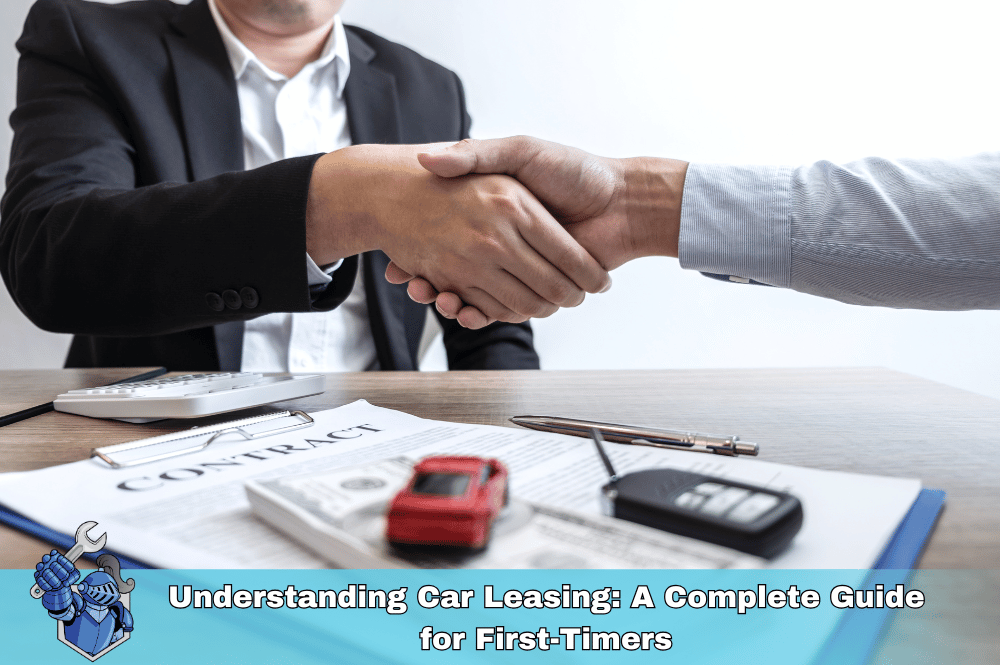 Understanding Car Leasing: A Complete Guide for First-Timers
Understanding Car Leasing: A Complete Guide for First-Timers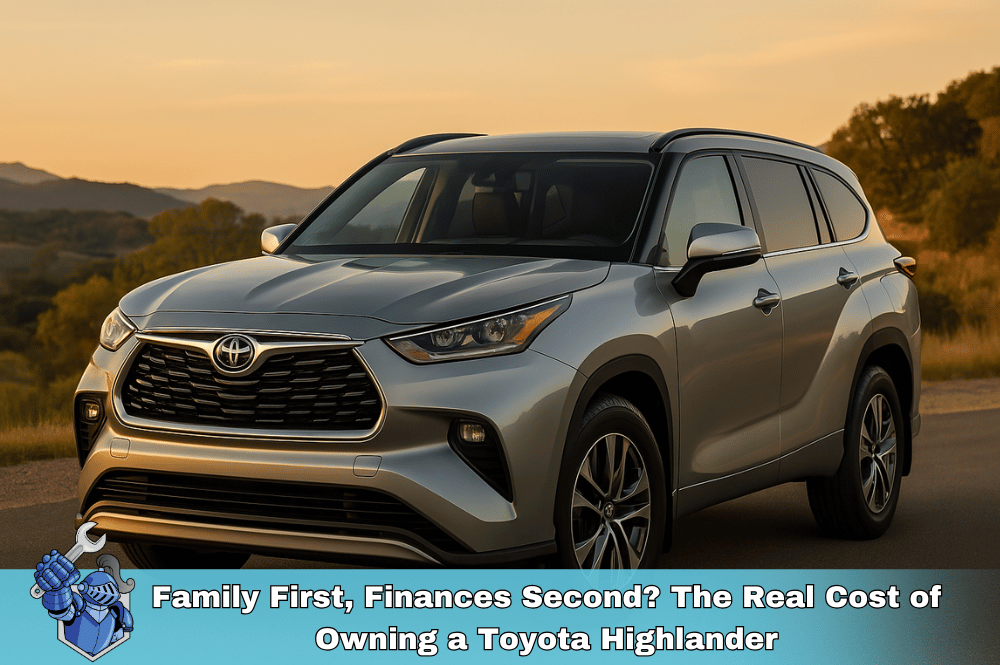 Family First, Finances Second? The Real Cost of Owning a Toyota Highlander
Family First, Finances Second? The Real Cost of Owning a Toyota Highlander The Crypto Long Game: Proven Strategies for Building Generational Wealth
The Crypto Long Game: Proven Strategies for Building Generational Wealth Living with a Legend: The Hidden Costs of Dodge Challenger Hellcat Ownership
Living with a Legend: The Hidden Costs of Dodge Challenger Hellcat Ownership Beyond Self-Driving: OpenAI and the Next Generation of Automotive Intelligence
Beyond Self-Driving: OpenAI and the Next Generation of Automotive Intelligence Blockchain Basics: The Technology Behind Cryptocurrencies
Blockchain Basics: The Technology Behind Cryptocurrencies New vs. Used: A Financial Showdown for Your Next Vehicle
New vs. Used: A Financial Showdown for Your Next Vehicle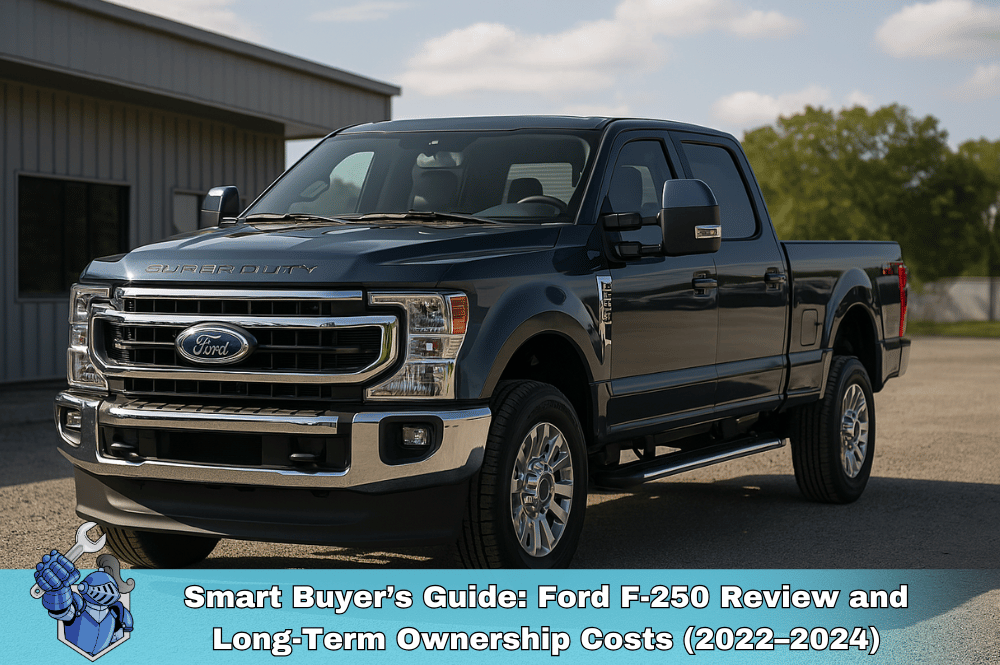 Smart Buyer’s Guide: Ford F-250 Review and Long-Term Ownership Costs (2022–2024)
Smart Buyer’s Guide: Ford F-250 Review and Long-Term Ownership Costs (2022–2024) Depreciation Demystified: Planning for Your Car’s Future Value
Depreciation Demystified: Planning for Your Car’s Future Value DIY Danger? The Financial Risks of Handling Car Repairs Yourself
DIY Danger? The Financial Risks of Handling Car Repairs Yourself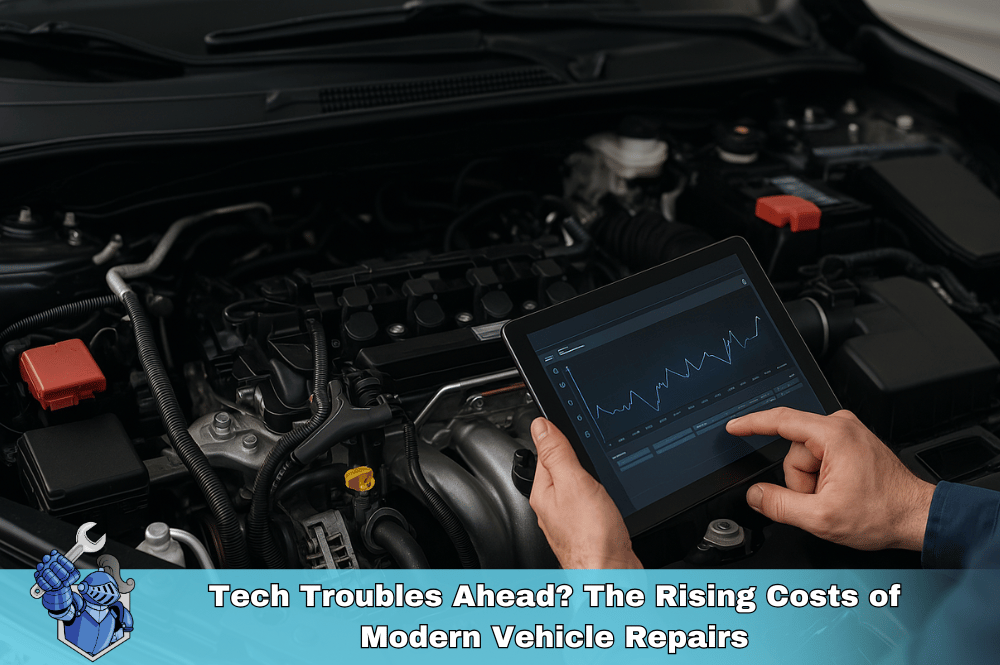 Tech Troubles Ahead? The Rising Costs of Modern Vehicle Repairs
Tech Troubles Ahead? The Rising Costs of Modern Vehicle Repairs The Downtime Trap: How Car Repairs Can Cost You More Than Just the Bill
The Downtime Trap: How Car Repairs Can Cost You More Than Just the Bill Drive Smart, Save Smarter: Your Guide to Budgeting for Car Care
Drive Smart, Save Smarter: Your Guide to Budgeting for Car Care Don’t Let Tariffs Hike Your Bills: The Smart Way an Extended Warranty Saves You on Car Repairs
Don’t Let Tariffs Hike Your Bills: The Smart Way an Extended Warranty Saves You on Car Repairs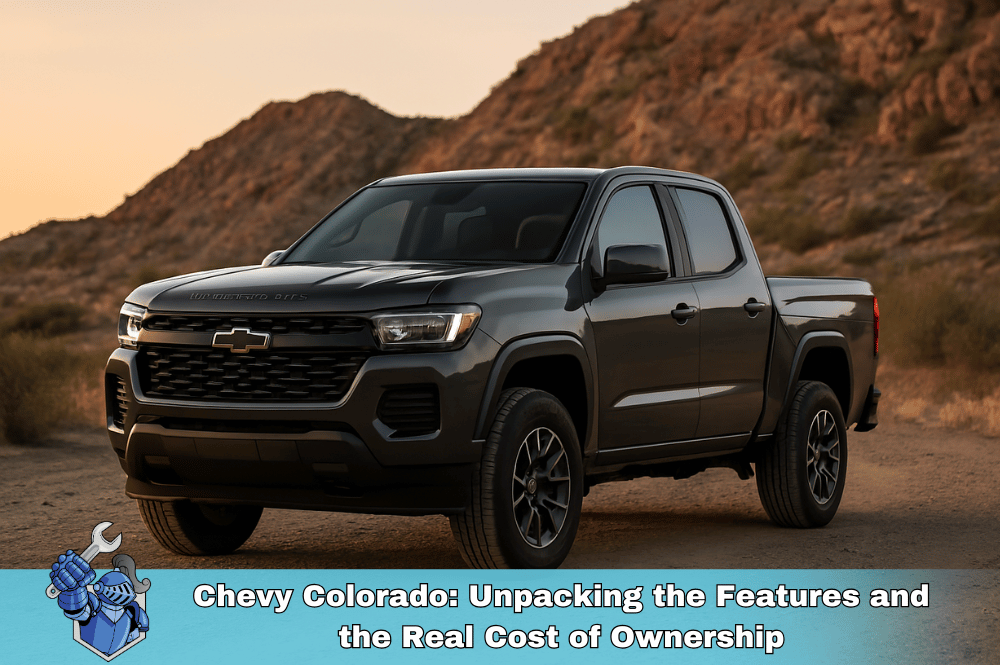 Chevy Colorado: Unpacking the Features and the Real Cost of Ownership
Chevy Colorado: Unpacking the Features and the Real Cost of Ownership Safe Kids: Your Comprehensive Guide to Child Car Seat Installation Tips and Guidelines
Safe Kids: Your Comprehensive Guide to Child Car Seat Installation Tips and Guidelines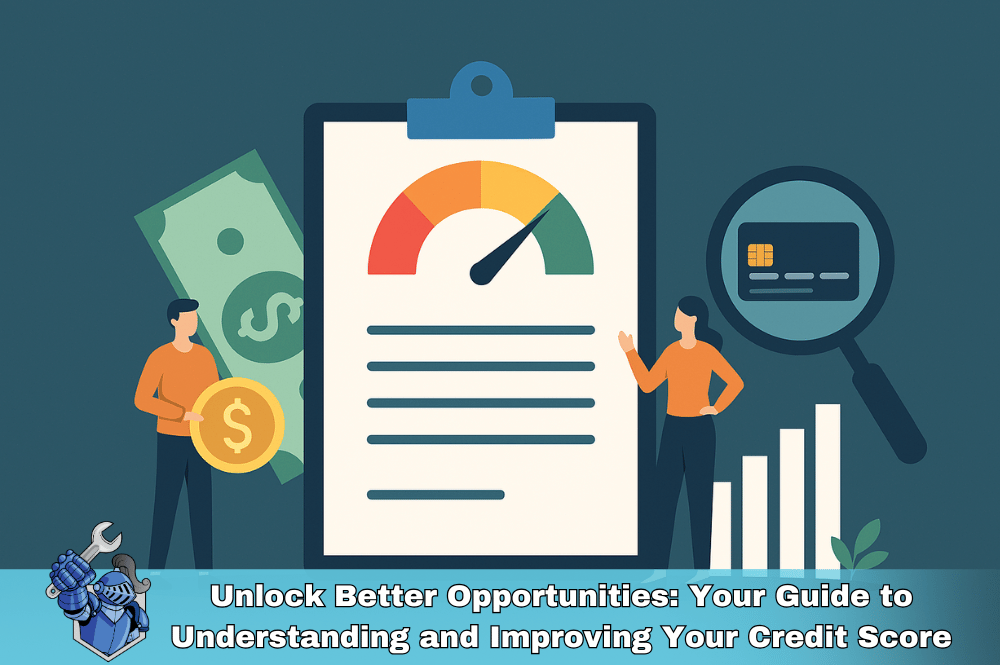 Unlock Better Opportunities: Your Guide to Understanding and Improving Your Credit Score
Unlock Better Opportunities: Your Guide to Understanding and Improving Your Credit Score Beyond the Hype: A Realistic Look at Hyundai Ioniq 5 Ownership Costs and Performance
Beyond the Hype: A Realistic Look at Hyundai Ioniq 5 Ownership Costs and Performance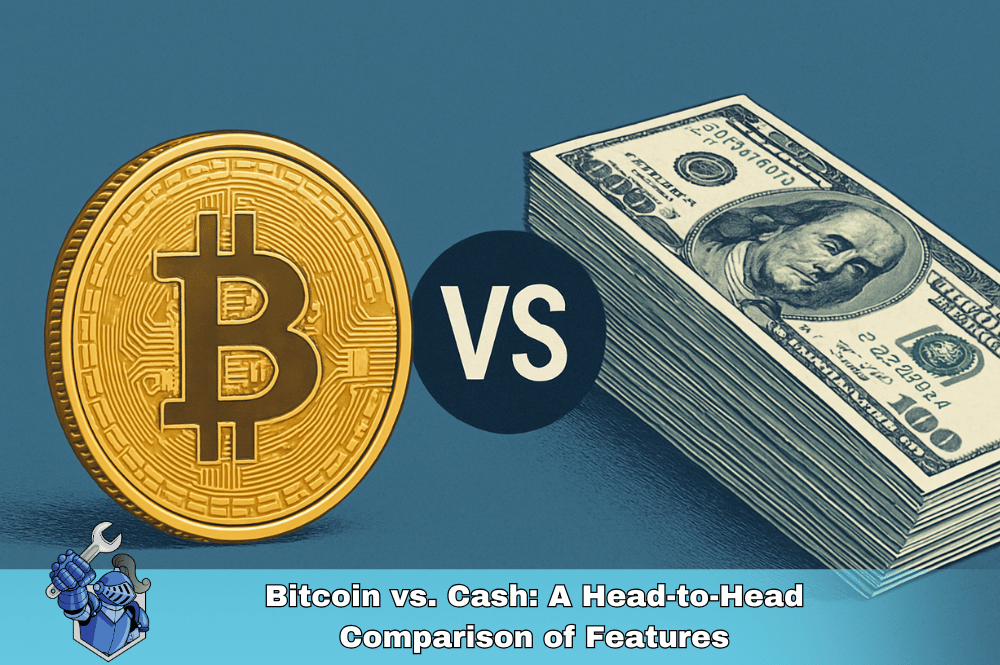 Bitcoin vs. Cash: A Head-to-Head Comparison of Features
Bitcoin vs. Cash: A Head-to-Head Comparison of Features Decoding Your Wallet: The Benefits of Using Cash and Credit Wisely
Decoding Your Wallet: The Benefits of Using Cash and Credit Wisely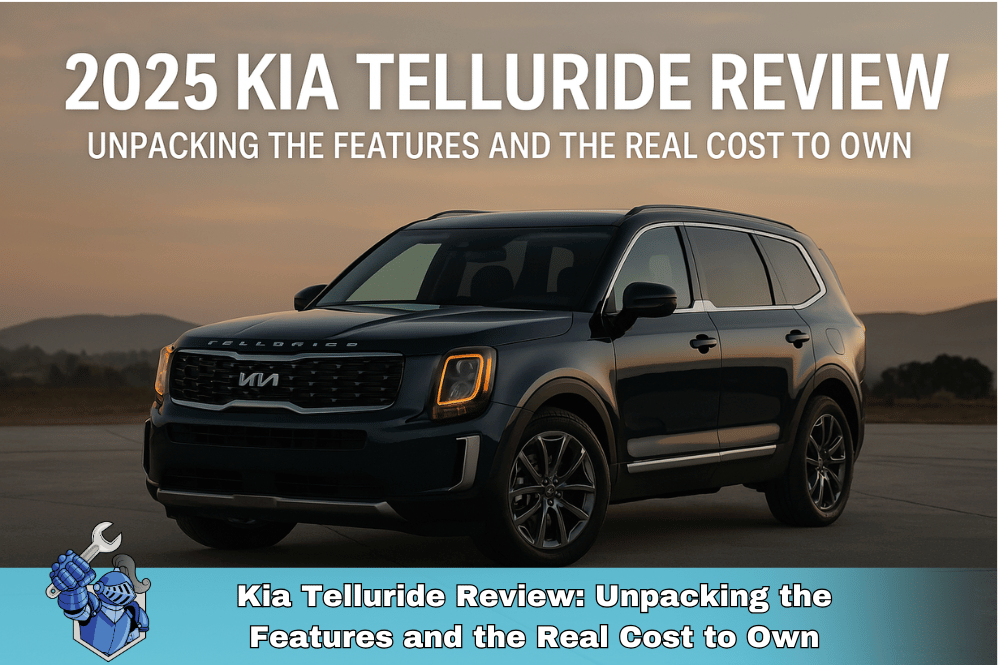 Kia Telluride Review: Unpacking the Features and the Real Cost to Own
Kia Telluride Review: Unpacking the Features and the Real Cost to Own What is a Home Warranty and Do You Need One?
What is a Home Warranty and Do You Need One? Extended Car Warranty with Active Factory Coverage: Smart Move or Waste of Money?
Extended Car Warranty with Active Factory Coverage: Smart Move or Waste of Money? What Happens to My Vehicle Service Contract If I Sell My Car?
What Happens to My Vehicle Service Contract If I Sell My Car? What to Do If Your Vehicle Service Contract Claim Is Denied
What to Do If Your Vehicle Service Contract Claim Is Denied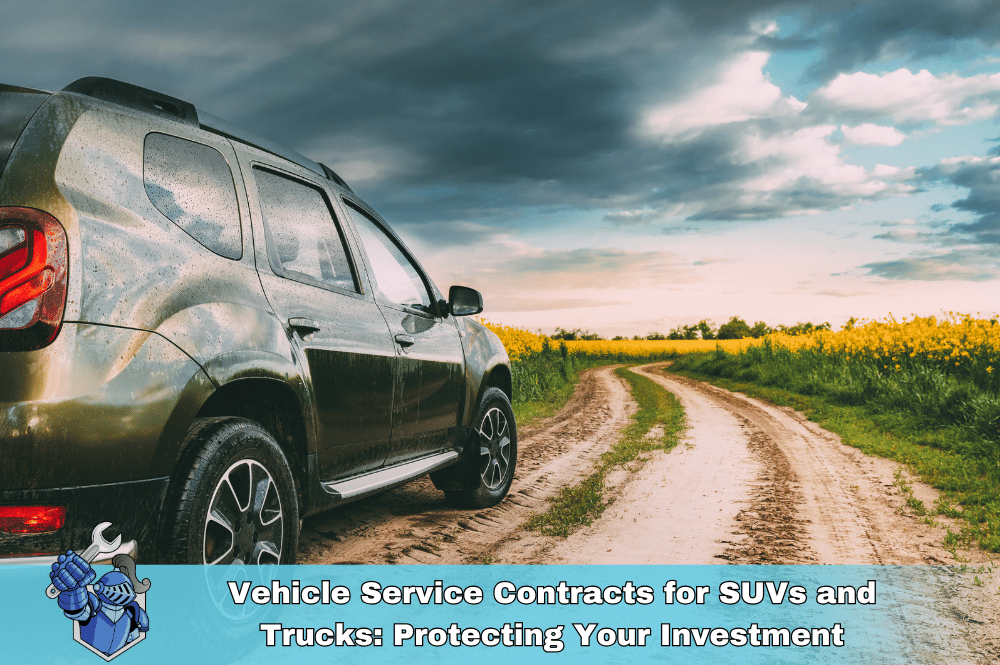 Vehicle Service Contracts for SUVs and Trucks: Protecting Your Investment
Vehicle Service Contracts for SUVs and Trucks: Protecting Your Investment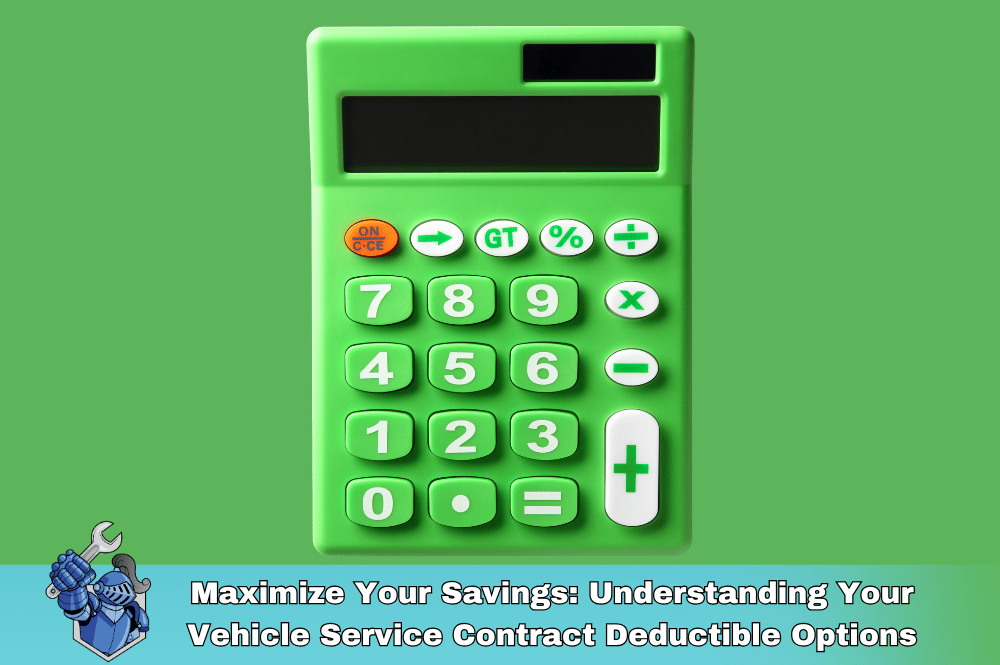 Maximize Your Savings: Understanding Your Vehicle Service Contract Deductible Options
Maximize Your Savings: Understanding Your Vehicle Service Contract Deductible Options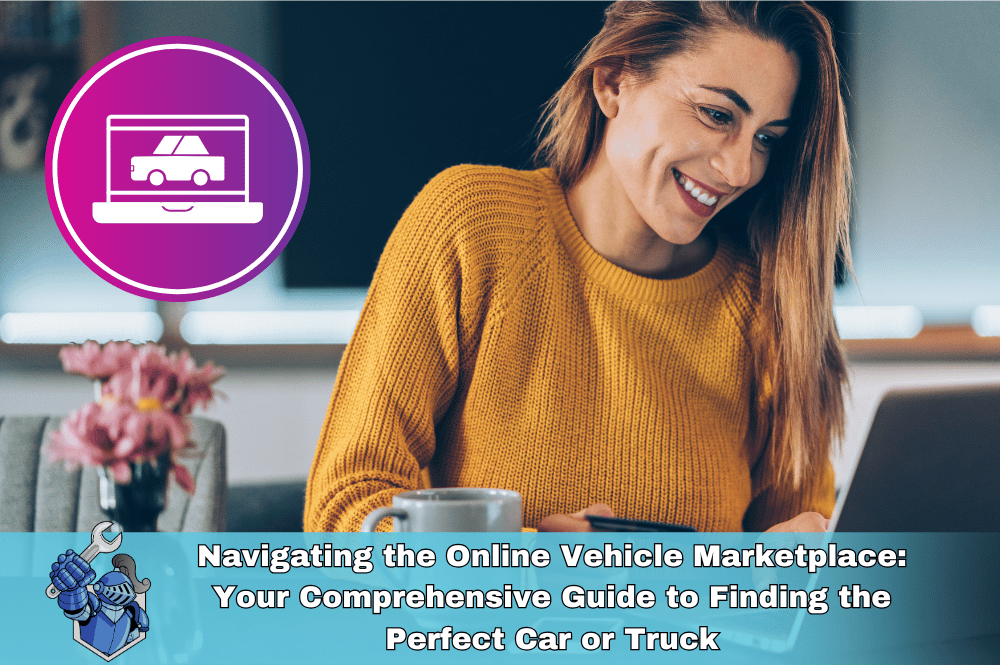 Navigating the Online Vehicle Marketplace: Your Comprehensive Guide to Finding the Perfect Car or Truck
Navigating the Online Vehicle Marketplace: Your Comprehensive Guide to Finding the Perfect Car or Truck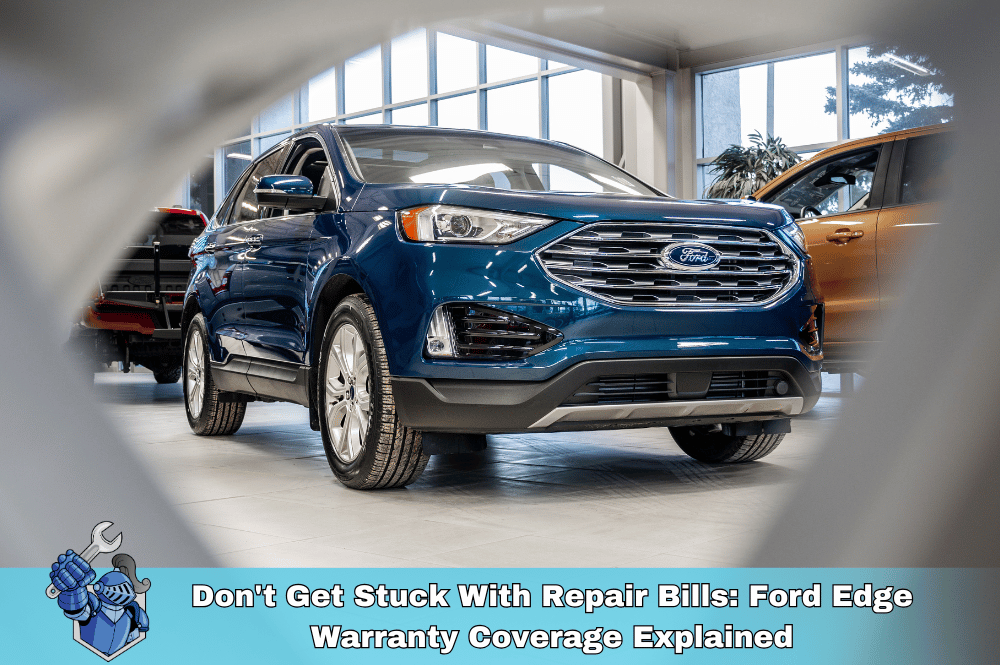 Don’t Get Stuck With Repair Bills: Ford Edge Warranty Coverage Explained
Don’t Get Stuck With Repair Bills: Ford Edge Warranty Coverage Explained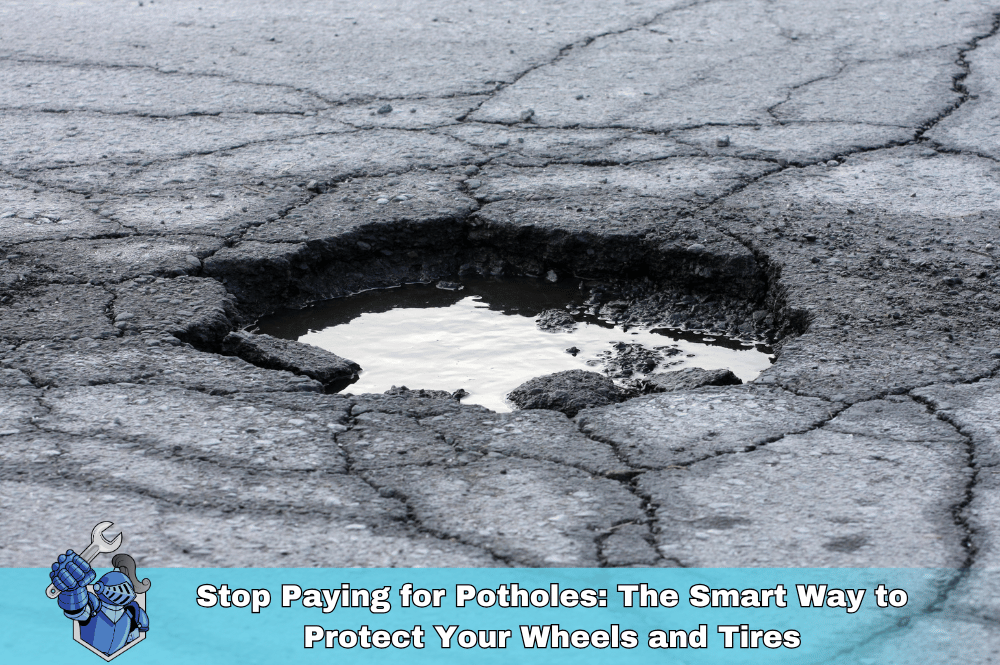 Stop Paying for Potholes: The Smart Way to Protect Your Wheels and Tires
Stop Paying for Potholes: The Smart Way to Protect Your Wheels and Tires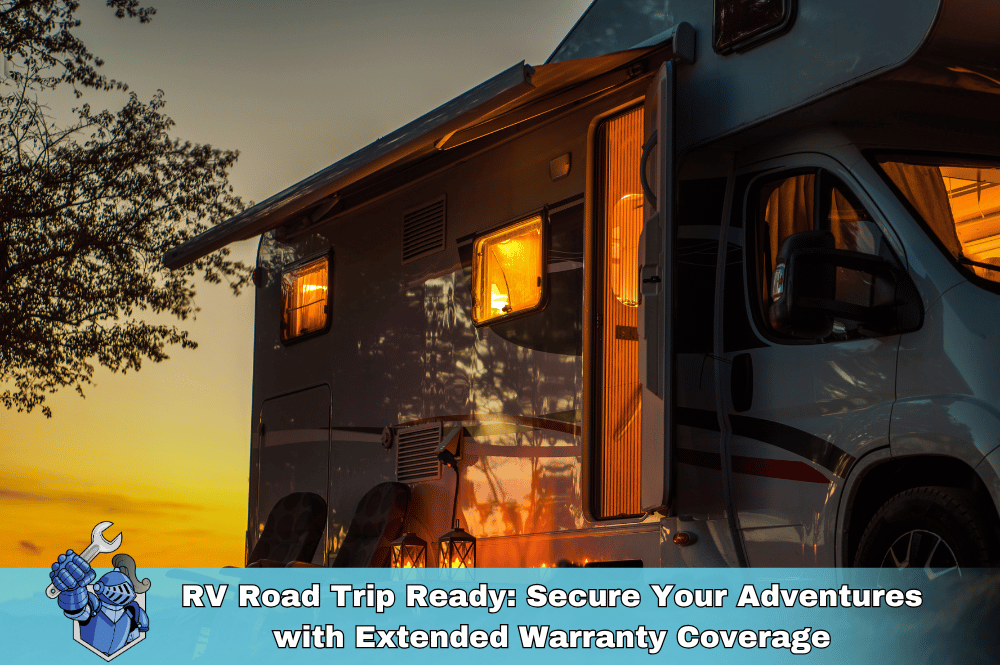 RV Road Trip Ready: Secure Your Adventures with Extended Warranty Coverage
RV Road Trip Ready: Secure Your Adventures with Extended Warranty Coverage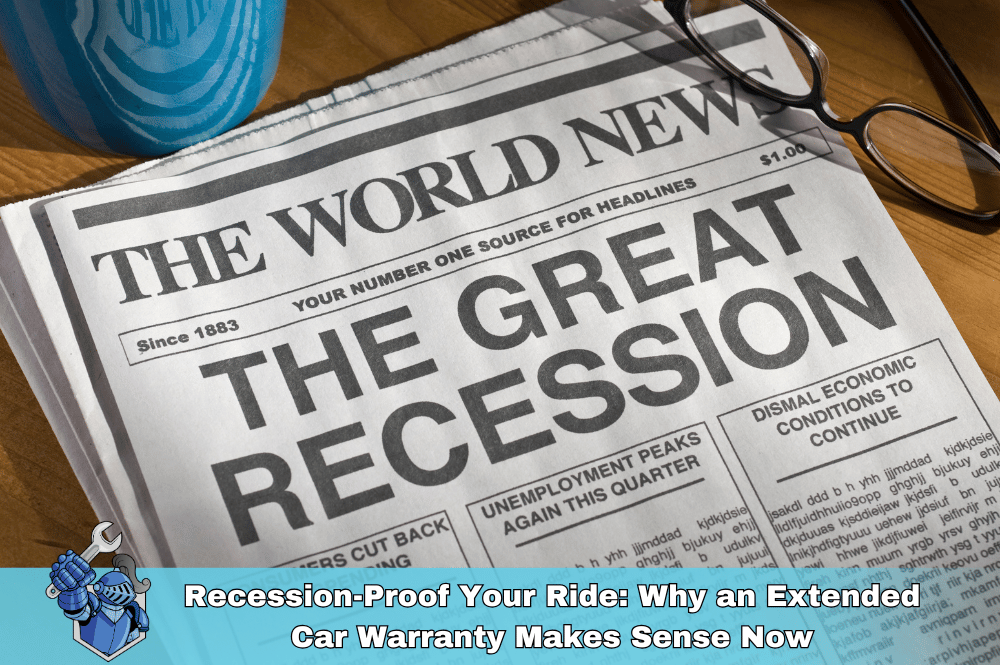 Recession-Proof Your Ride: Why an Extended Car Warranty Makes Sense Now
Recession-Proof Your Ride: Why an Extended Car Warranty Makes Sense Now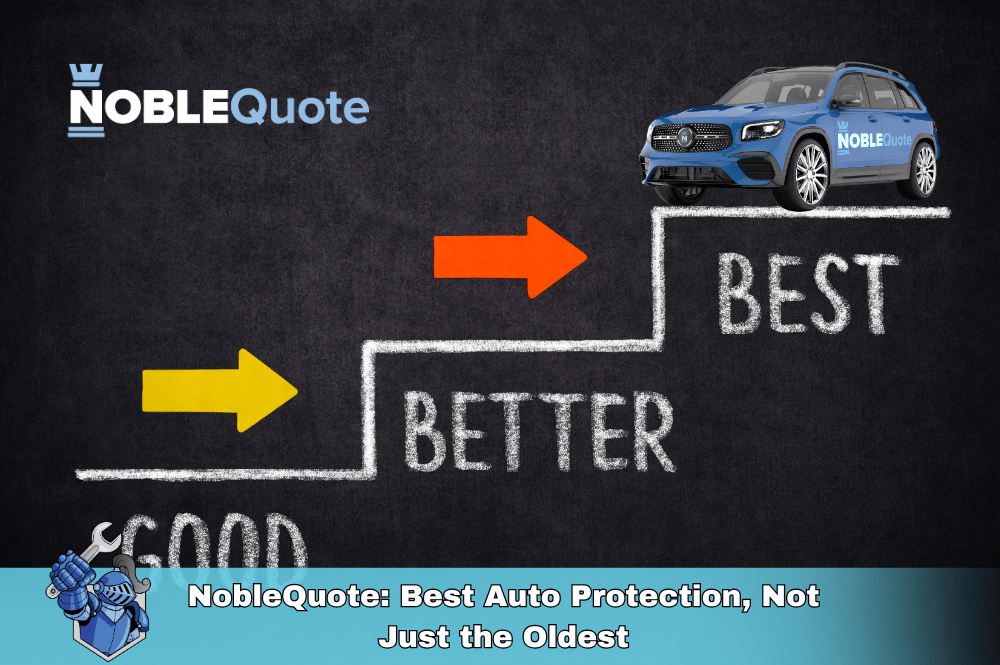 NobleQuote: Best Auto Protection, Not Just the Oldest
NobleQuote: Best Auto Protection, Not Just the Oldest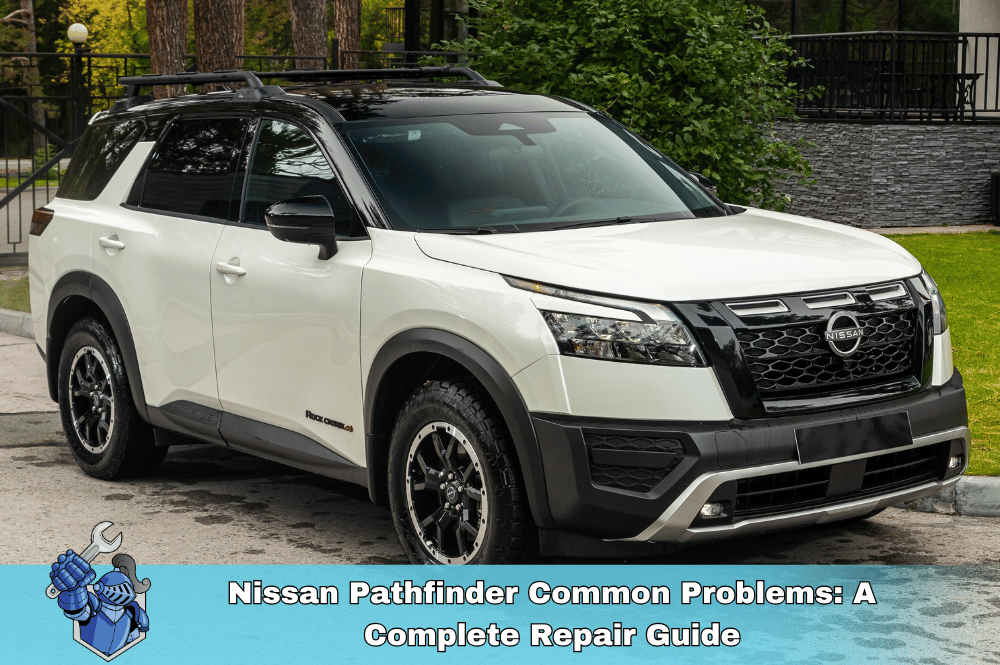 Nissan Pathfinder Common Problems: A Complete Repair Guide
Nissan Pathfinder Common Problems: A Complete Repair Guide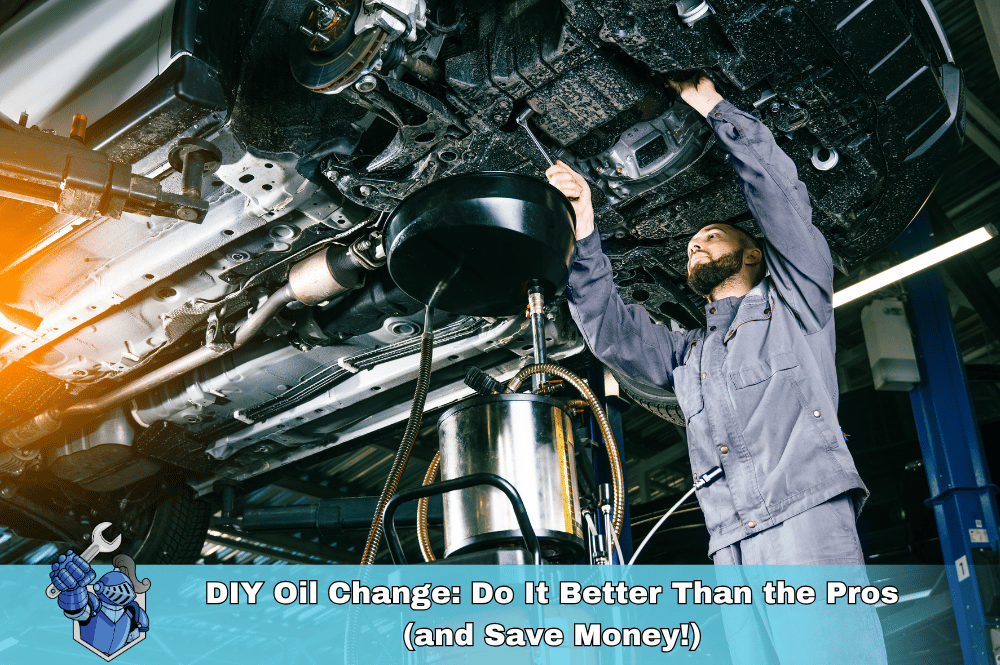 DIY Oil Change: Do It Better Than the Pros (and Save Money!)
DIY Oil Change: Do It Better Than the Pros (and Save Money!)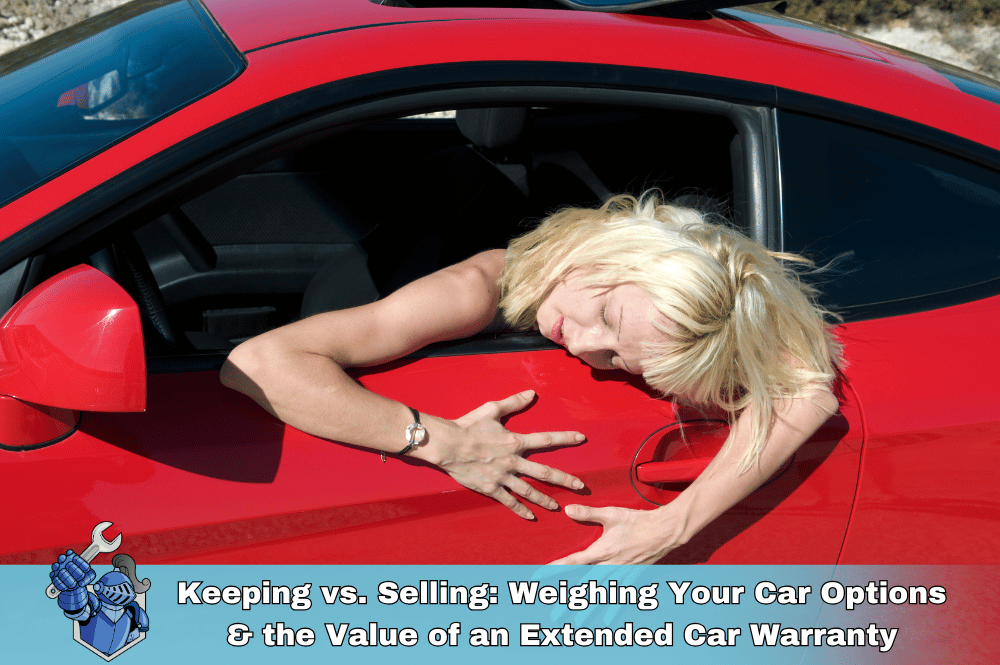 Keeping vs. Selling: Weighing Your Car Options & the Value of an Extended Car Warranty
Keeping vs. Selling: Weighing Your Car Options & the Value of an Extended Car Warranty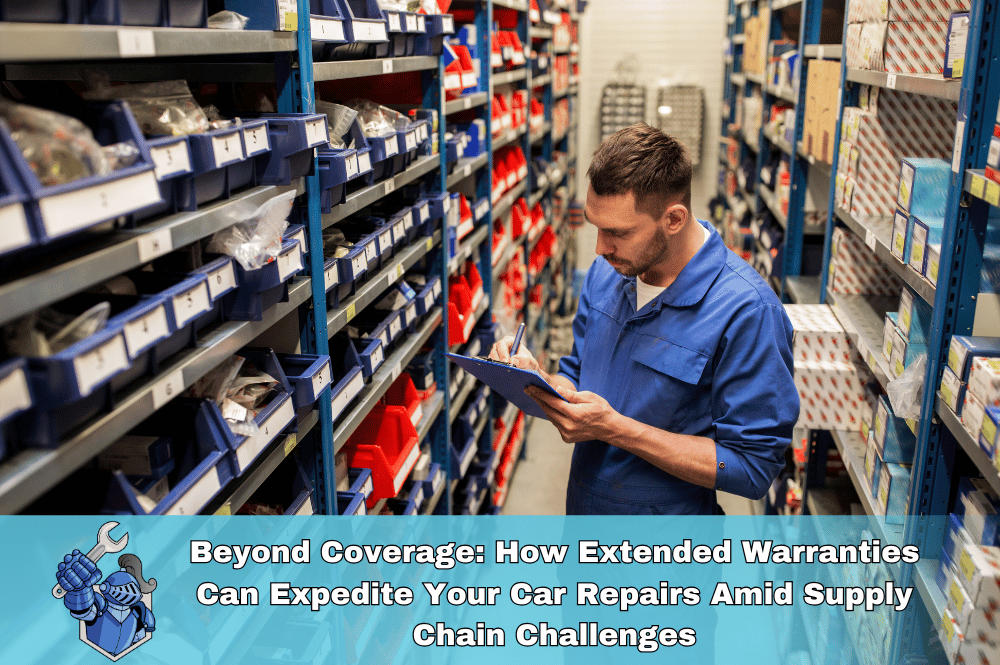 Beyond Coverage: How Extended Warranties Can Expedite Your Car Repairs Amid Supply Chain Challenges
Beyond Coverage: How Extended Warranties Can Expedite Your Car Repairs Amid Supply Chain Challenges Protecting Your Ride Like Jalen Protects the Pocket: Cars, Eagles, and Smart Investments
Protecting Your Ride Like Jalen Protects the Pocket: Cars, Eagles, and Smart Investments Rivian R1S Review: Is This the Ultimate Electric Adventure SUV? (2025)
Rivian R1S Review: Is This the Ultimate Electric Adventure SUV? (2025)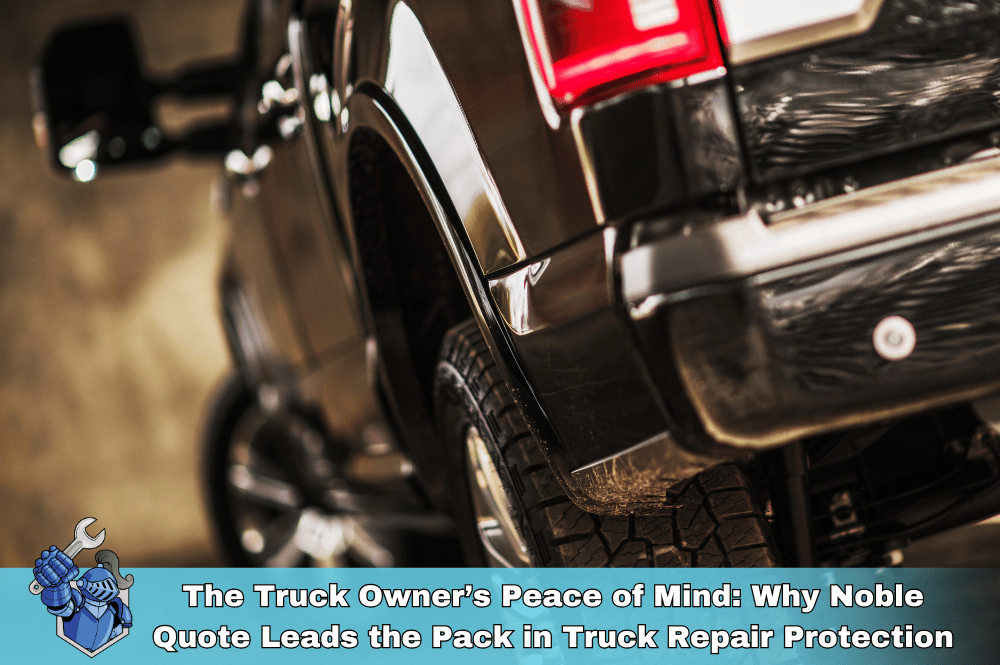 The Truck Owner’s Peace of Mind: Why Noble Quote Leads the Pack in Truck Repair Protection
The Truck Owner’s Peace of Mind: Why Noble Quote Leads the Pack in Truck Repair Protection Noble Quote: Driving with Confidence, Protected from Unexpected Repairs
Noble Quote: Driving with Confidence, Protected from Unexpected Repairs Ferrari vs. Lamborghini: A History of Innovation and Rivalry
Ferrari vs. Lamborghini: A History of Innovation and Rivalry Porsche GT3: Beyond the Numbers – The Soul-Stirring GT3 Experience
Porsche GT3: Beyond the Numbers – The Soul-Stirring GT3 Experience Kansas City Chiefs Players: You Won’t Believe What They’re Driving!
Kansas City Chiefs Players: You Won’t Believe What They’re Driving!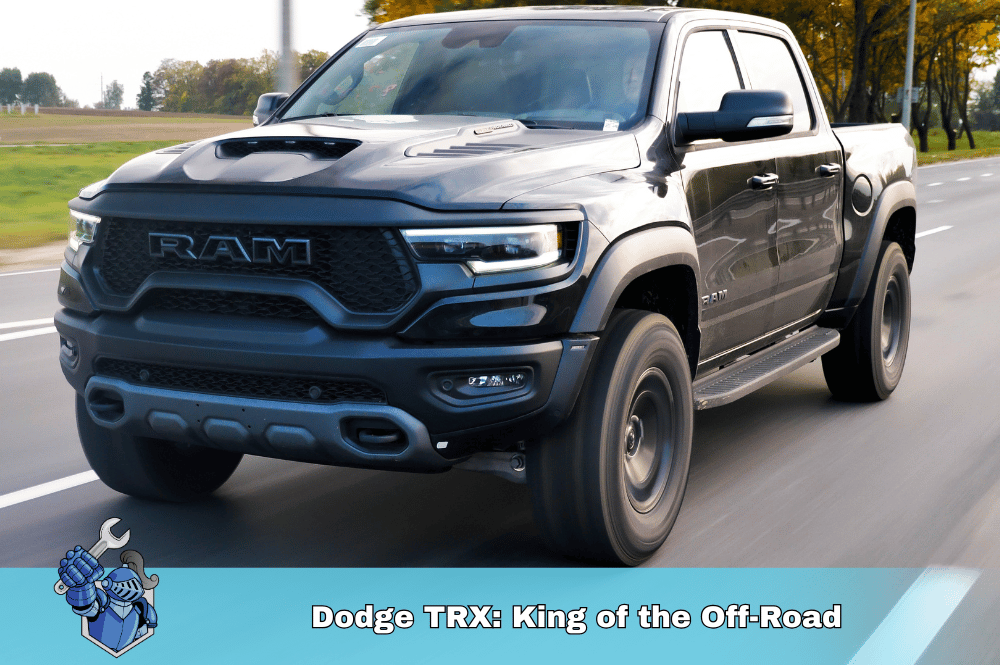 Dodge TRX: King of the Off-Road
Dodge TRX: King of the Off-Road Ford Raptor Extended Warranty Guide: Conquer the Road with Confidence
Ford Raptor Extended Warranty Guide: Conquer the Road with Confidence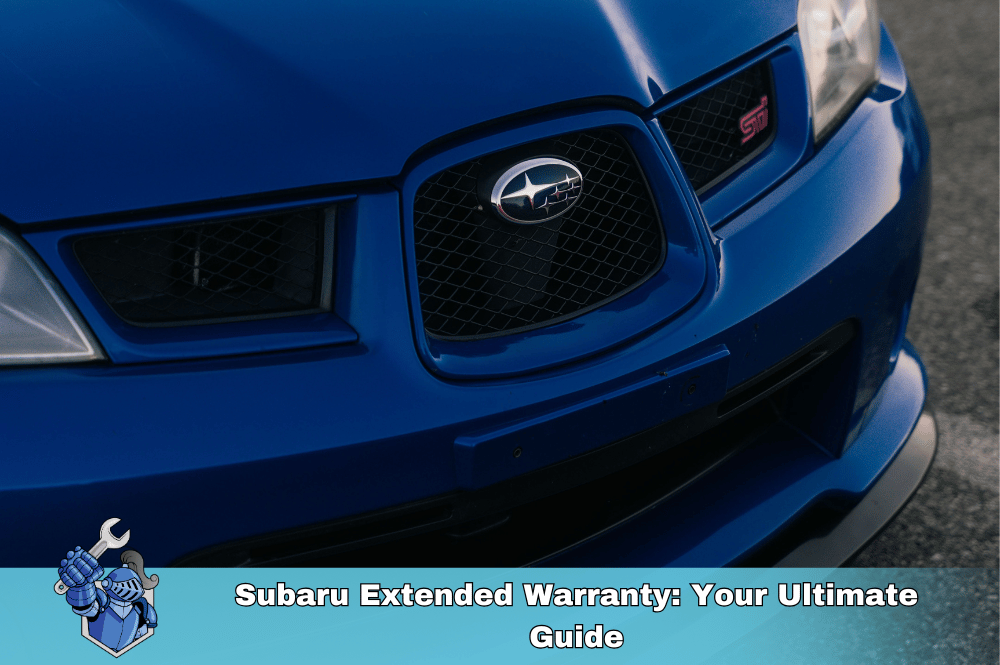 Subaru Extended Warranty: Your Ultimate Guide
Subaru Extended Warranty: Your Ultimate Guide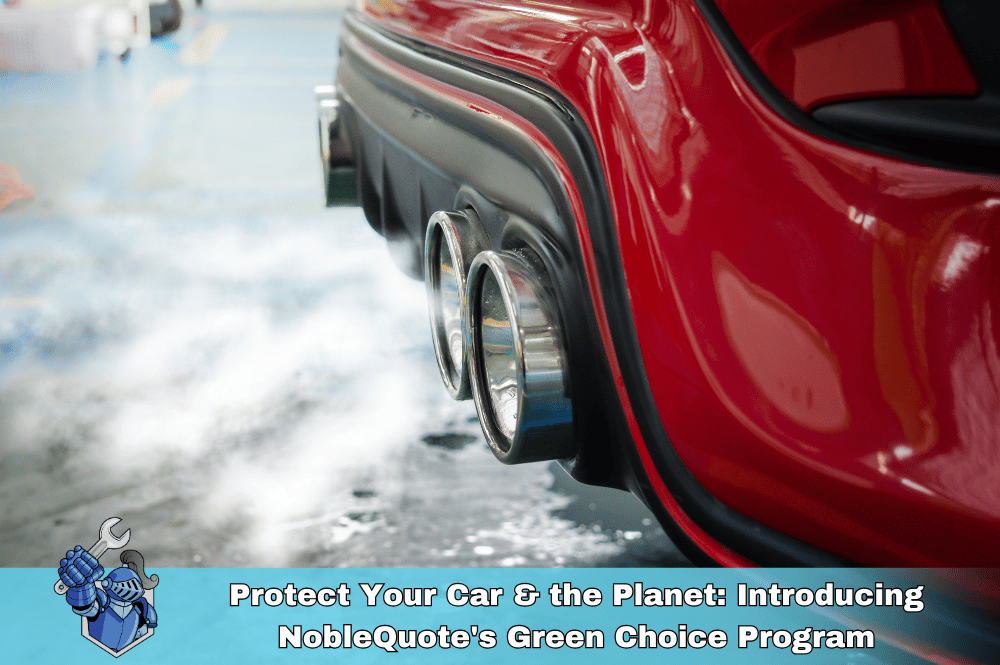 Protect Your Car & the Planet: Introducing NobleQuote's Green Choice Program
Protect Your Car & the Planet: Introducing NobleQuote's Green Choice Program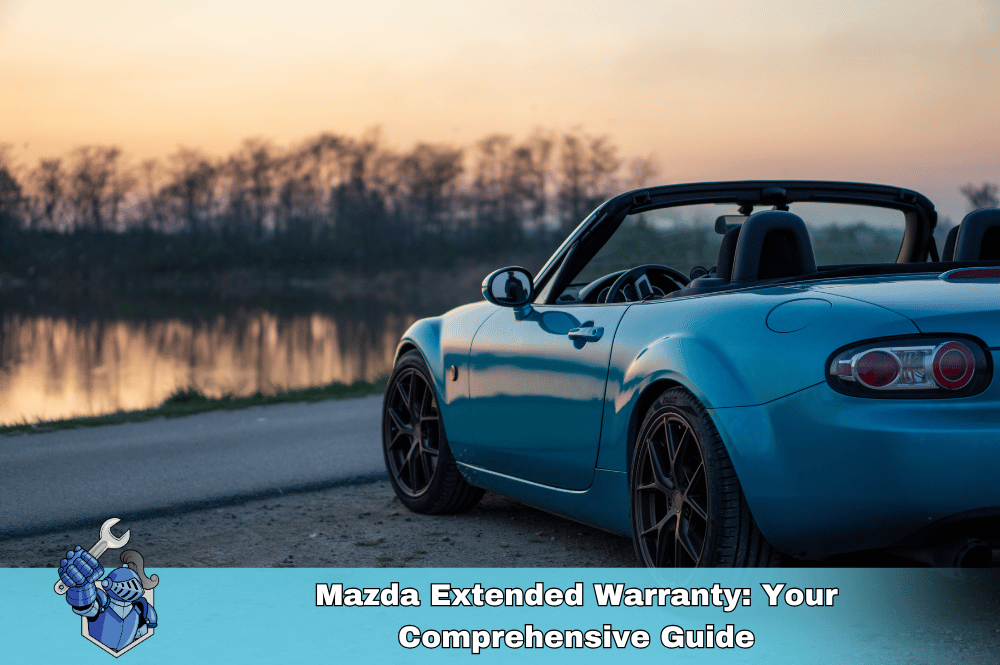 Mazda Extended Warranty: Your Comprehensive Guide
Mazda Extended Warranty: Your Comprehensive Guide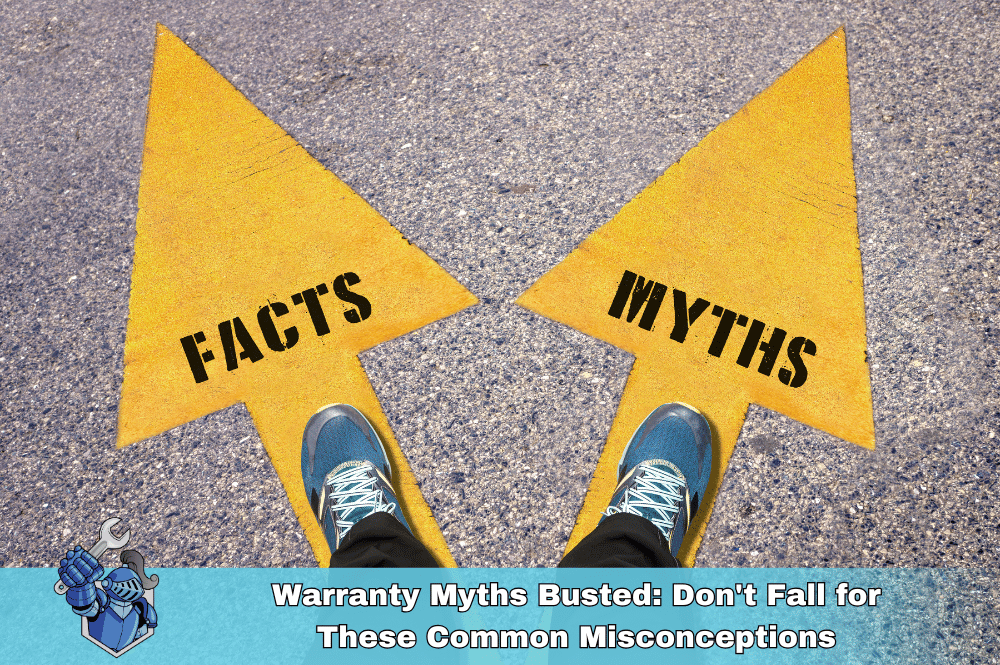 Warranty Myths Busted: Don't Fall for These Common Misconceptions
Warranty Myths Busted: Don't Fall for These Common Misconceptions The Future of Racing: Electric Cars, Autonomous Vehicles, and Beyond
The Future of Racing: Electric Cars, Autonomous Vehicles, and Beyond We've Moved! Noble Quote's New Home at the Lake of the Ozarks
We've Moved! Noble Quote's New Home at the Lake of the Ozarks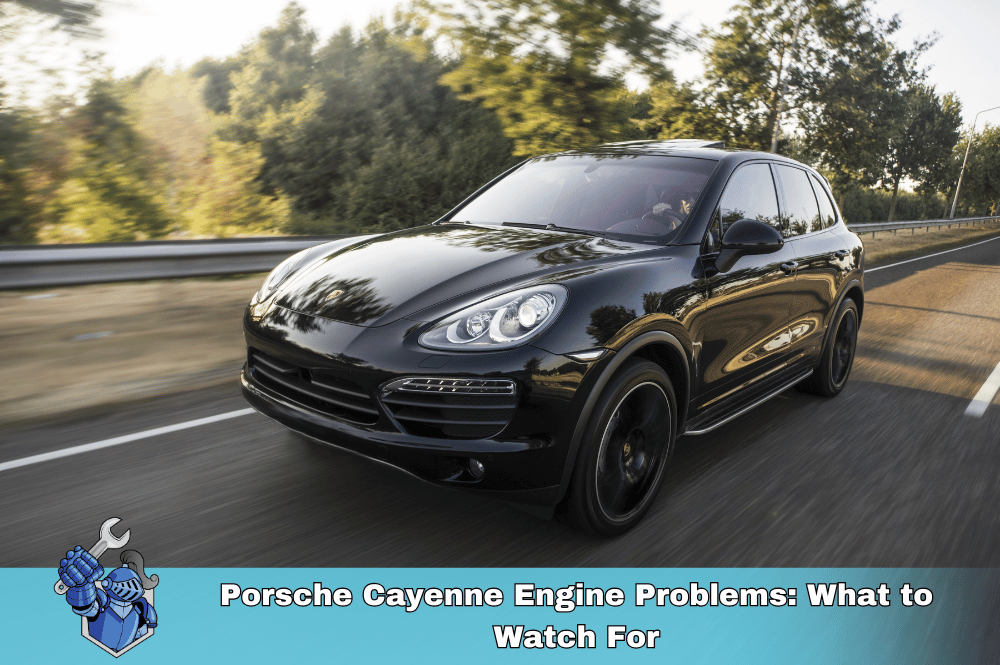 Porsche Cayenne Engine Problems: What to Watch For
Porsche Cayenne Engine Problems: What to Watch For Supercar Dreams on a Budget: The Most Affordable Exotics for First-Time Buyers
Supercar Dreams on a Budget: The Most Affordable Exotics for First-Time Buyers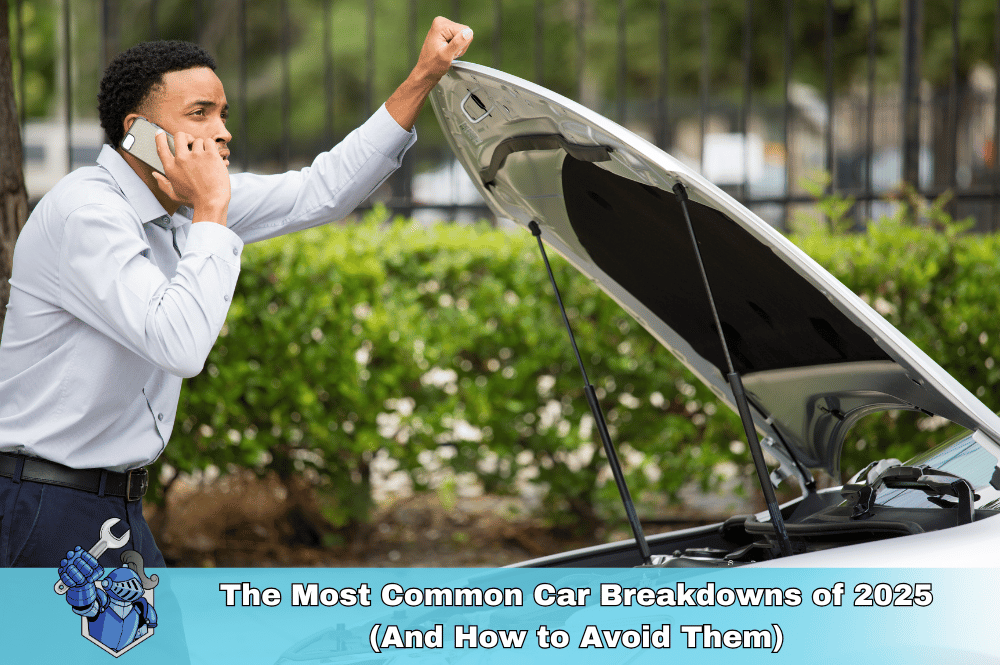 The Most Common Car Breakdowns of 2025 (And How to Avoid Them)
The Most Common Car Breakdowns of 2025 (And How to Avoid Them)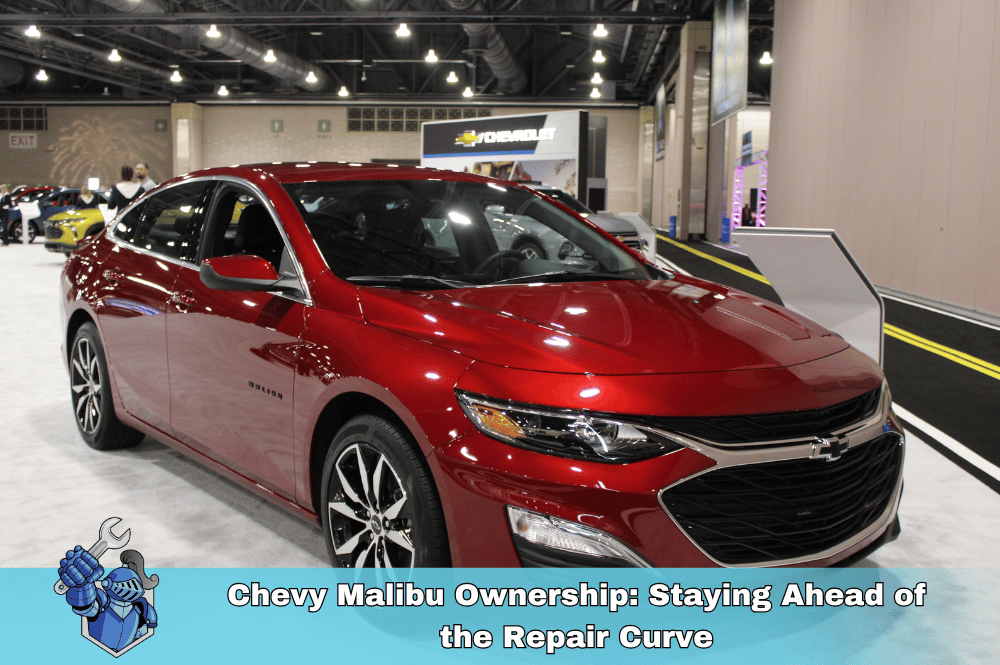 Chevy Malibu Ownership: Staying Ahead of the Repair Curve
Chevy Malibu Ownership: Staying Ahead of the Repair Curve 10 Things You Didn't Know About James Bond’s Aston Martin DB5
10 Things You Didn't Know About James Bond’s Aston Martin DB5 Cupid's Got Horsepower: Rev Up Your Valentine's Day!
Cupid's Got Horsepower: Rev Up Your Valentine's Day!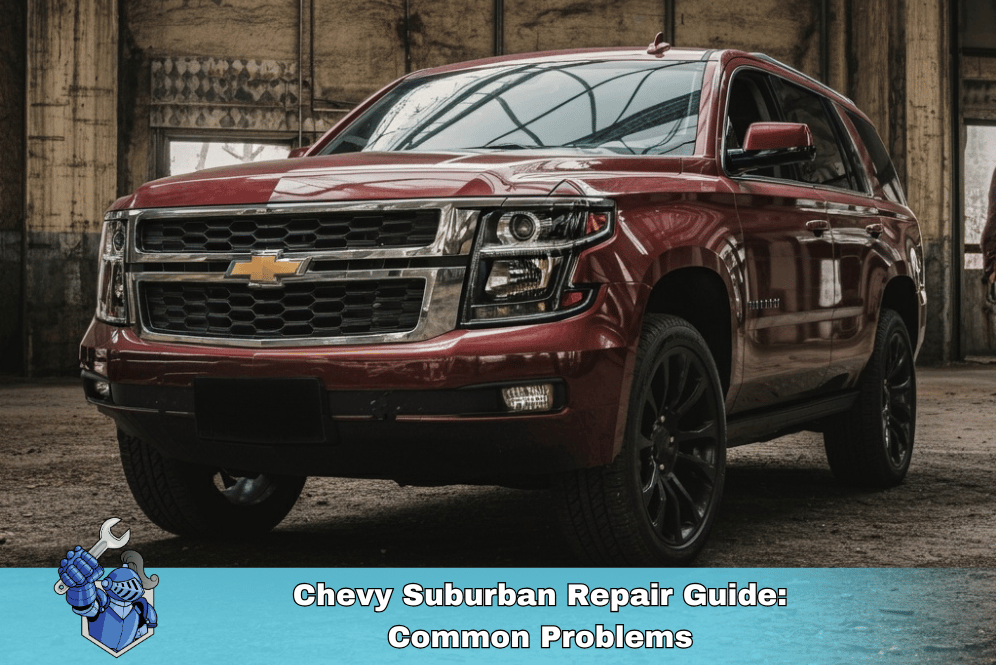 Chevy Suburban Repair Guide: Common Problems
Chevy Suburban Repair Guide: Common Problems The Greatest NASCAR Rivalries of All Time: On-Track Battles and Off-Track Drama
The Greatest NASCAR Rivalries of All Time: On-Track Battles and Off-Track Drama Beyond F1: Exploring the World's Most Extreme Racing Series
Beyond F1: Exploring the World's Most Extreme Racing Series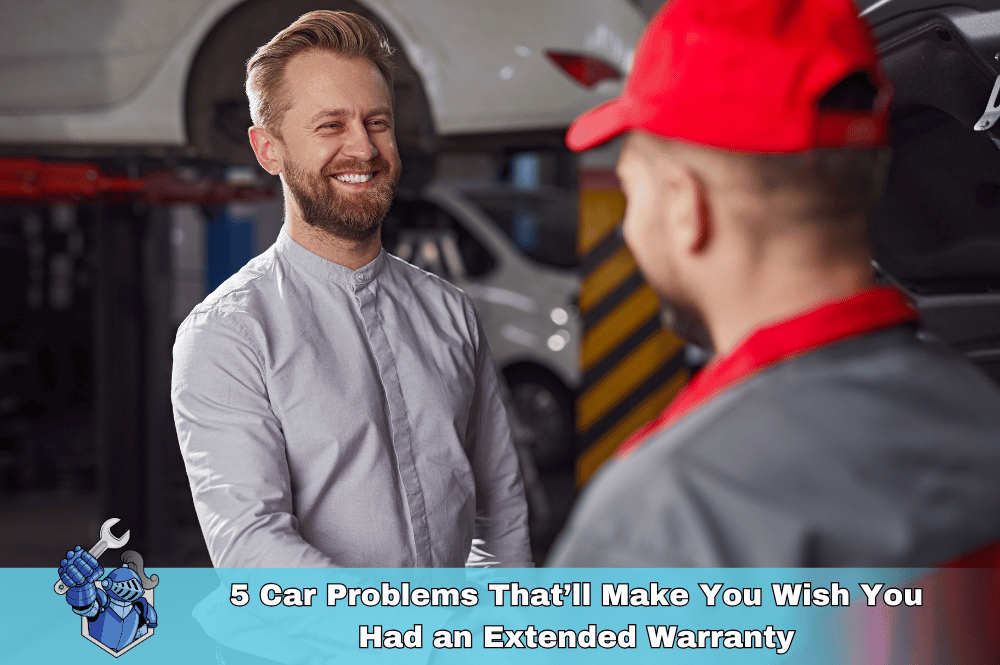 5 Car Problems That’ll Make You Wish You Had an Extended Warranty
5 Car Problems That’ll Make You Wish You Had an Extended Warranty If NASCAR Had Car Warranties: The Pit Stop Chaos You’d See
If NASCAR Had Car Warranties: The Pit Stop Chaos You’d See Forza: The Perfect Blend of Simulation and Arcade Fun
Forza: The Perfect Blend of Simulation and Arcade Fun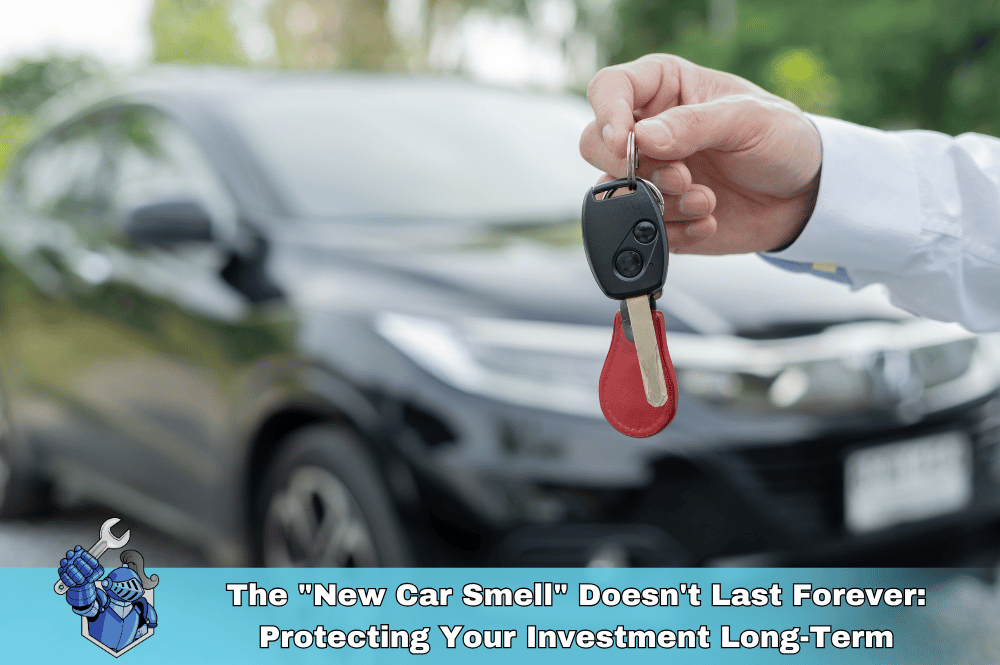 The "New Car Smell" Doesn't Last Forever: Protecting Your Investment Long-Term
The "New Car Smell" Doesn't Last Forever: Protecting Your Investment Long-Term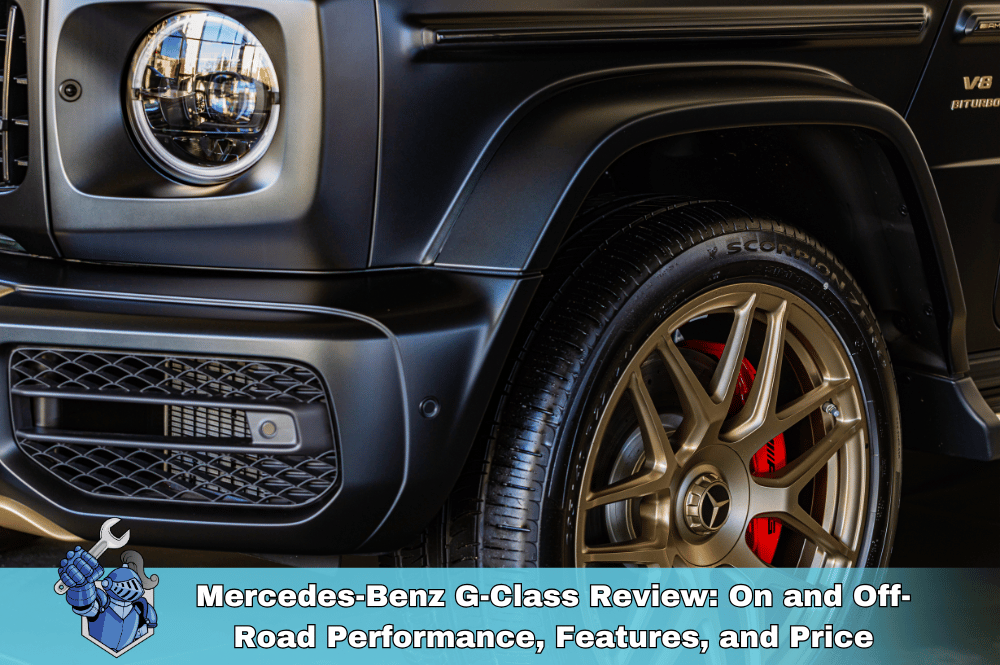 Mercedes-Benz G-Class Review: On and Off-Road Performance, Features, and Price
Mercedes-Benz G-Class Review: On and Off-Road Performance, Features, and Price Don’t Buy a Honda Warranty Before Reading This! Noble Quote vs. HondaCare
Don’t Buy a Honda Warranty Before Reading This! Noble Quote vs. HondaCare Extended Warranty vs. Self-Insuring: Which Is Right for You?
Extended Warranty vs. Self-Insuring: Which Is Right for You? Best Extended Warranty for Your Ford: Noble Quote or Ford Protect?
Best Extended Warranty for Your Ford: Noble Quote or Ford Protect? Charging Your Peace of Mind: Using a Credit Card to Buy a Car Warranty
Charging Your Peace of Mind: Using a Credit Card to Buy a Car Warranty Noble Quote vs. Omega Auto Care: Which Auto Warranty Is Right for You?
Noble Quote vs. Omega Auto Care: Which Auto Warranty Is Right for You?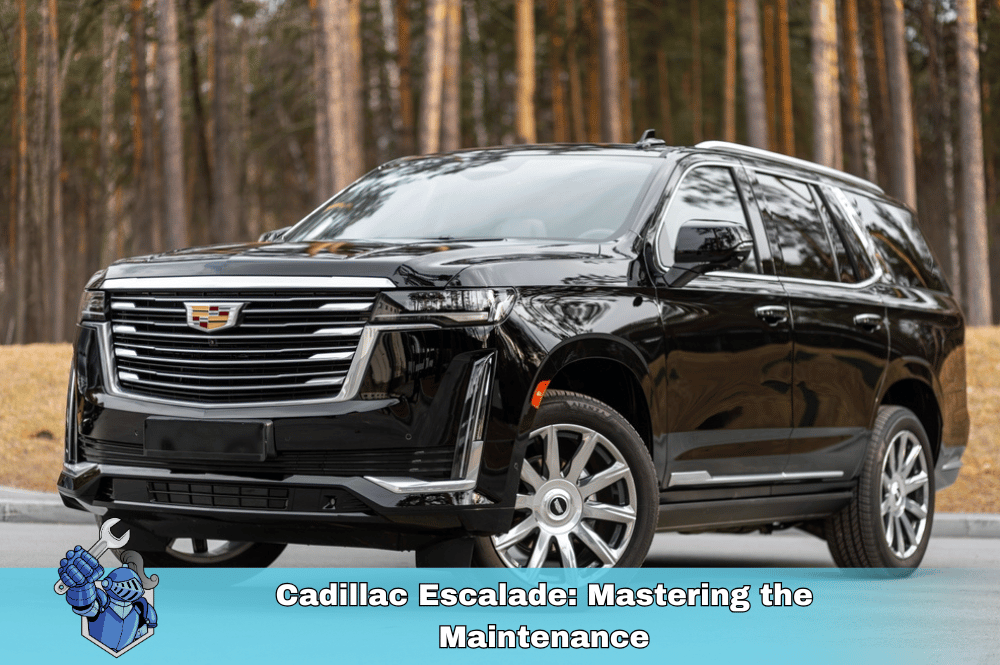 Cadillac Escalade: Mastering the Maintenance
Cadillac Escalade: Mastering the Maintenance Knight Rider vs. Back to the Future: A Battle of the 80s Icons
Knight Rider vs. Back to the Future: A Battle of the 80s Icons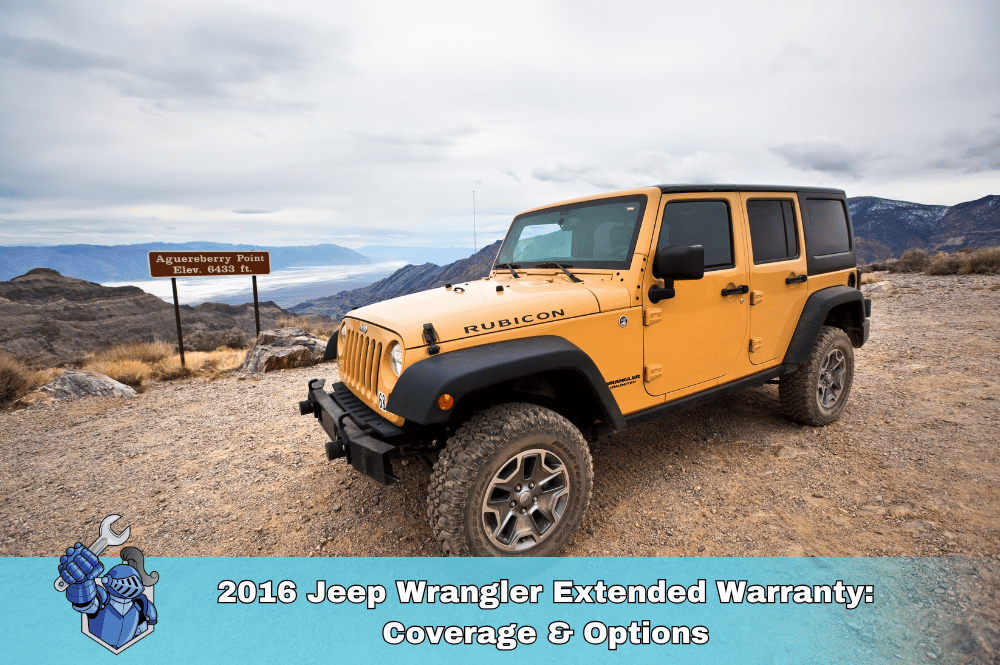 2016 Jeep Wrangler Extended Warranty: Coverage & Options
2016 Jeep Wrangler Extended Warranty: Coverage & Options Electric Vehicles 101: What You Need to Know Before Making the Switch
Electric Vehicles 101: What You Need to Know Before Making the Switch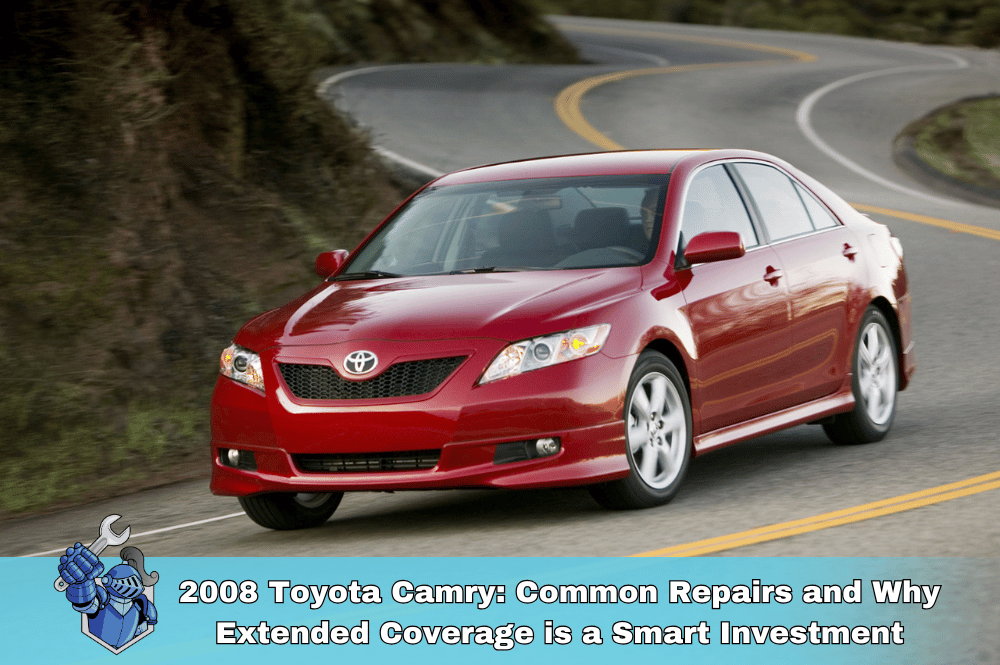 2008 Toyota Camry: Common Repairs and Why Extended Coverage is a Smart Investment
2008 Toyota Camry: Common Repairs and Why Extended Coverage is a Smart Investment Maximize Your Tesla Warranty: Smart Strategies for Extended Coverage
Maximize Your Tesla Warranty: Smart Strategies for Extended Coverage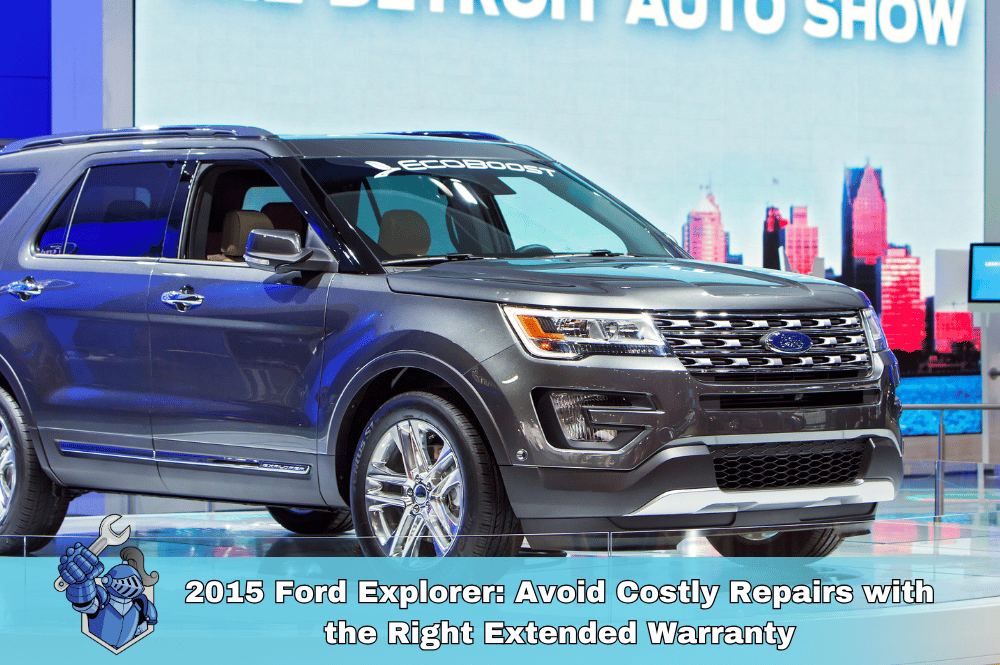 2015 Ford Explorer: Avoid Costly Repairs with the Right Extended Warranty
2015 Ford Explorer: Avoid Costly Repairs with the Right Extended Warranty Selling Your Car in 2025? Don’t Make These Mistakes!
Selling Your Car in 2025? Don’t Make These Mistakes! Tesla Cybertruck: Overpriced or Over-the-Top Awesome?
Tesla Cybertruck: Overpriced or Over-the-Top Awesome?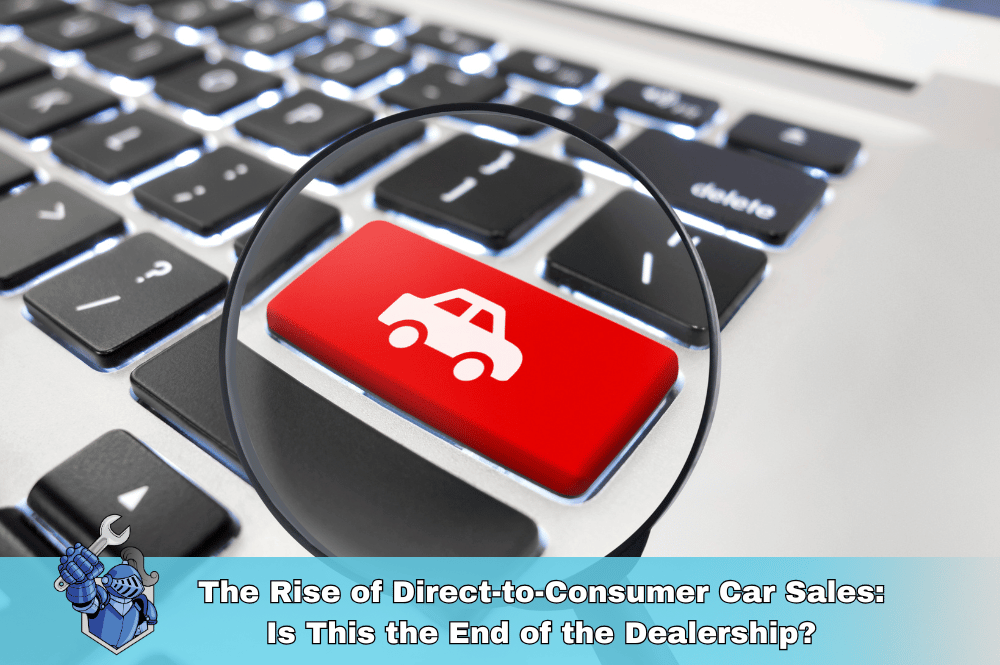 Skip the Dealership: The Rise of Online Car Buying
Skip the Dealership: The Rise of Online Car Buying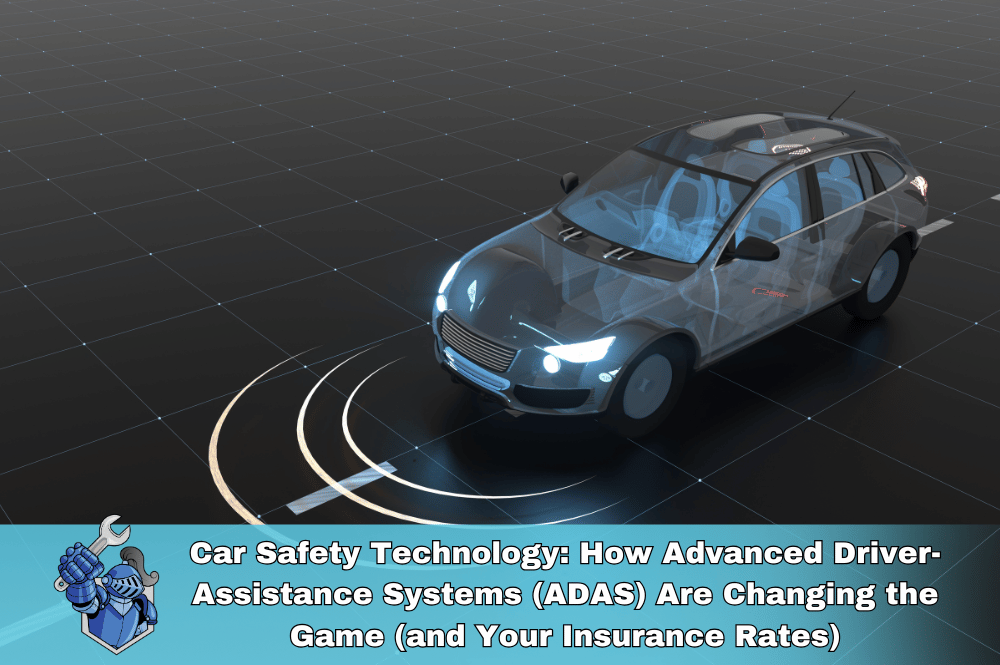 Car Safety Technology: How Advanced Driver-Assistance Systems (ADAS) Are Changing the Game (and Your Insurance Rates)
Car Safety Technology: How Advanced Driver-Assistance Systems (ADAS) Are Changing the Game (and Your Insurance Rates) Why Can’t I Include My Warranty in My Car Financing? Answers to Your Top Questions
Why Can’t I Include My Warranty in My Car Financing? Answers to Your Top Questions What to Do When the Dealership Makes Warranty Cancellation a Hassle
What to Do When the Dealership Makes Warranty Cancellation a Hassle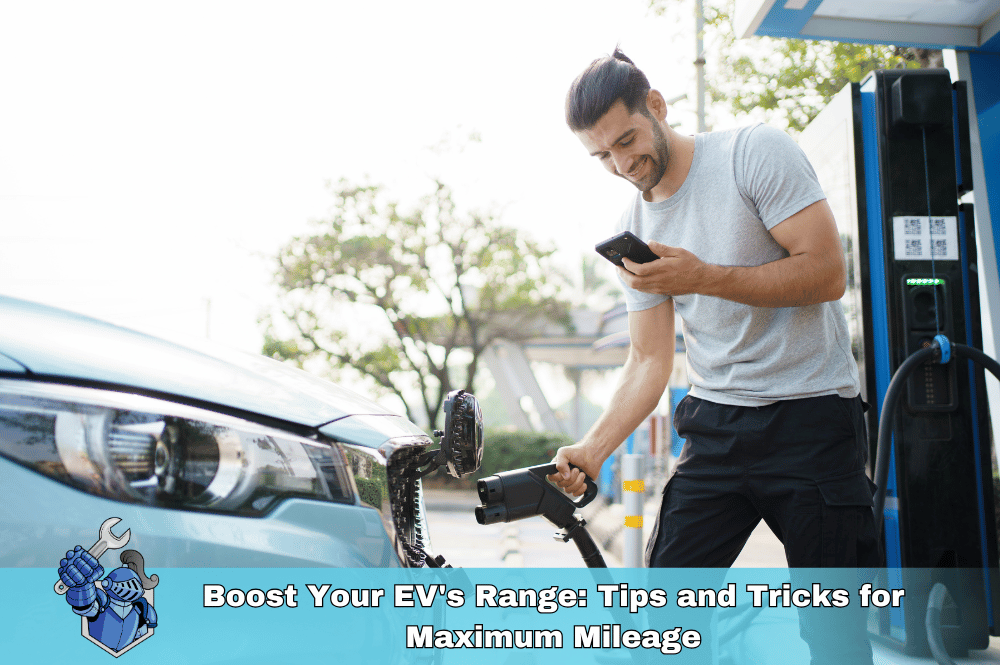 Boost Your EV's Range: Tips and Tricks for Maximum Mileage
Boost Your EV's Range: Tips and Tricks for Maximum Mileage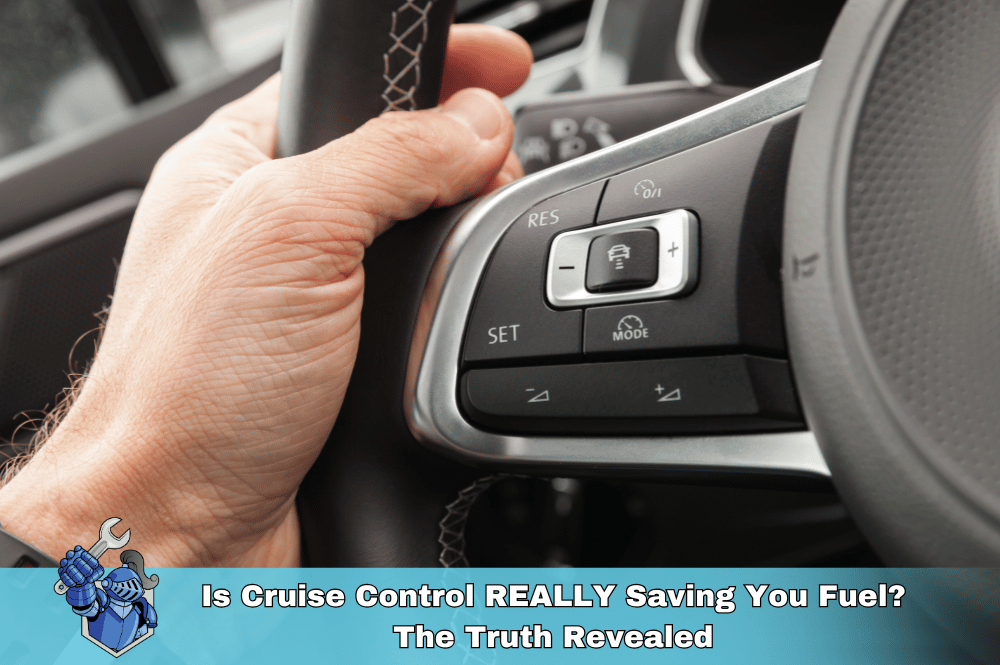 Is Cruise Control REALLY Saving You Fuel? The Truth Revealed
Is Cruise Control REALLY Saving You Fuel? The Truth Revealed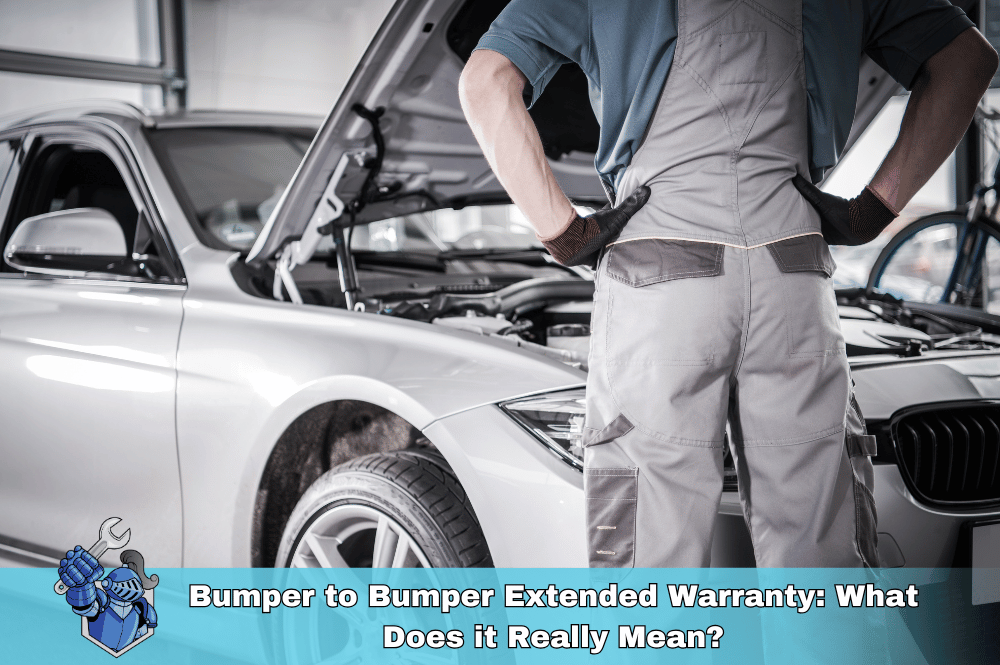 Bumper to Bumper Extended Warranty: What Does it Really Mean?
Bumper to Bumper Extended Warranty: What Does it Really Mean?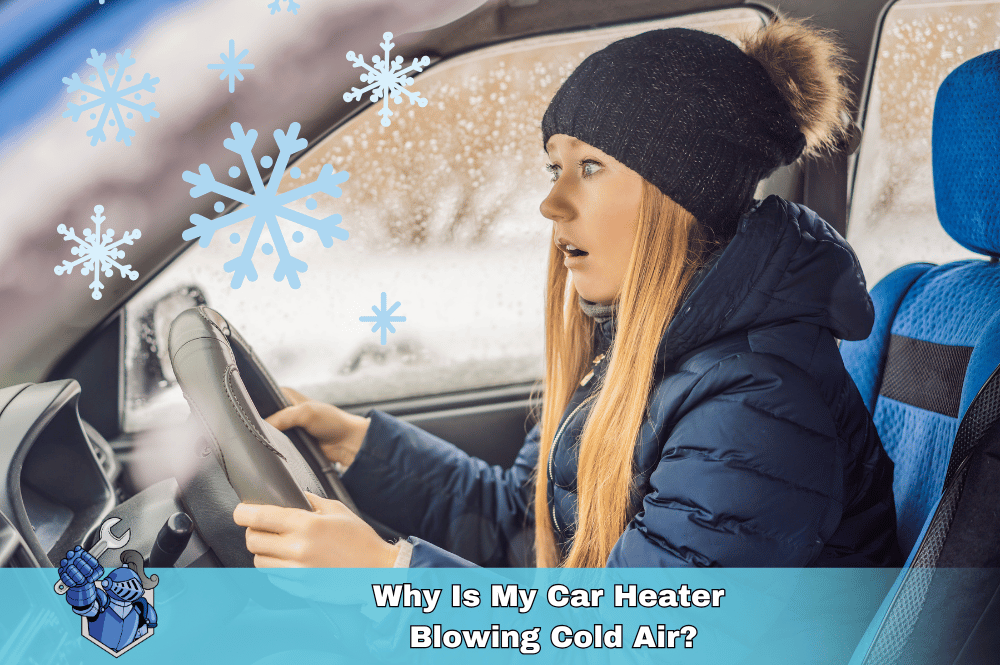 Why Is My Car Heater Blowing Cold Air?
Why Is My Car Heater Blowing Cold Air?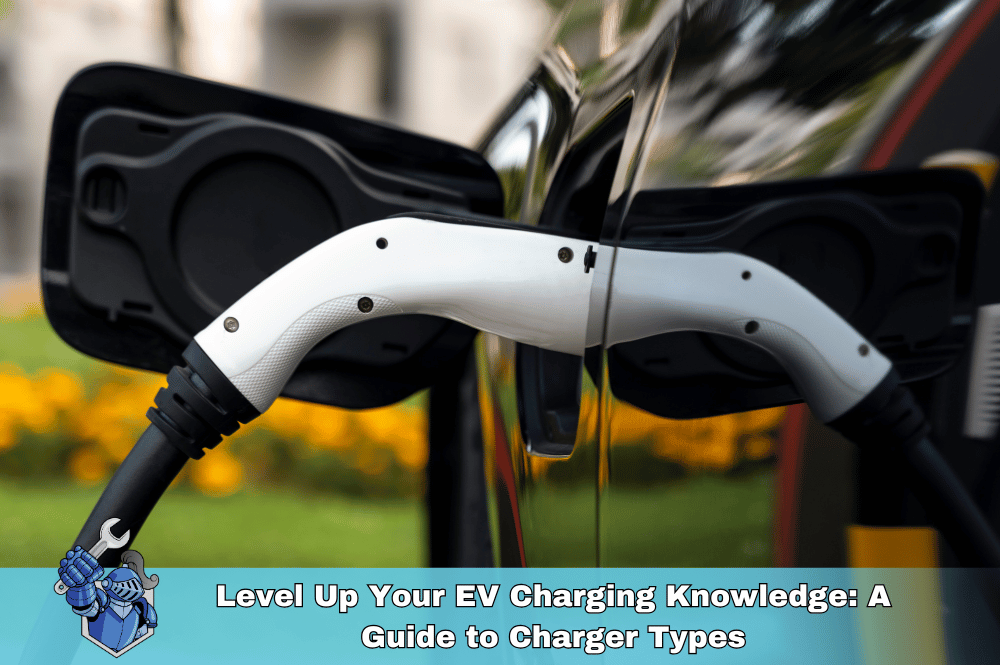 Level Up Your EV Charging Knowledge: A Guide to Charger Types
Level Up Your EV Charging Knowledge: A Guide to Charger Types Selling Your Soul for an Extended Car Warranty (And Why They Keep Calling)
Selling Your Soul for an Extended Car Warranty (And Why They Keep Calling) Speaking Car: How to Clearly Communicate with Your Mechanic
Speaking Car: How to Clearly Communicate with Your Mechanic From Referrals to Reviews: Finding the Perfect Repair Shop for You
From Referrals to Reviews: Finding the Perfect Repair Shop for You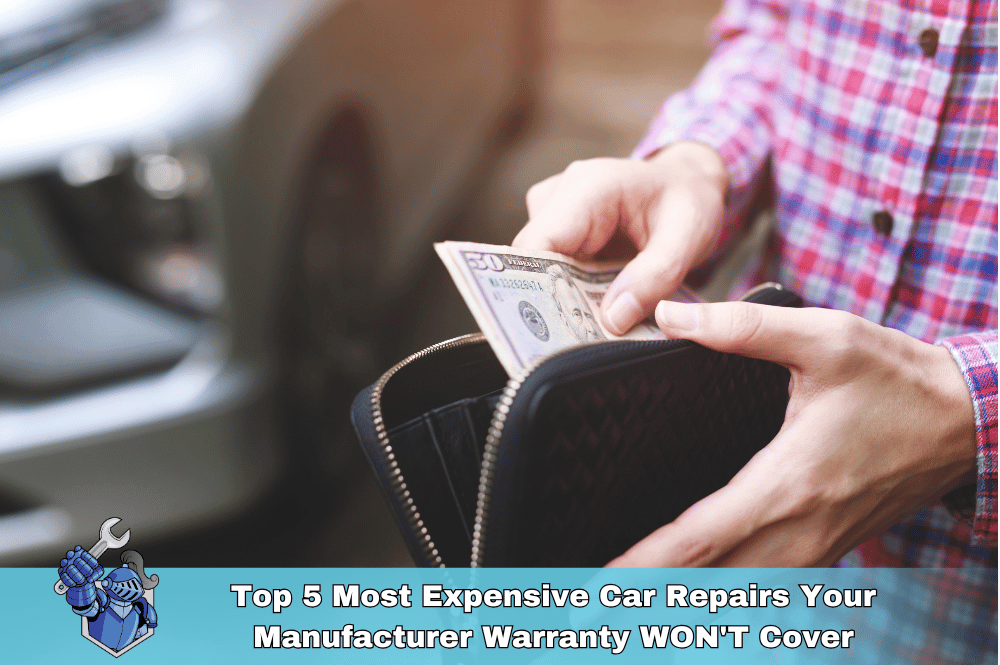 Top 5 Most Expensive Car Repairs Your Manufacturer Warranty WON'T Cover
Top 5 Most Expensive Car Repairs Your Manufacturer Warranty WON'T Cover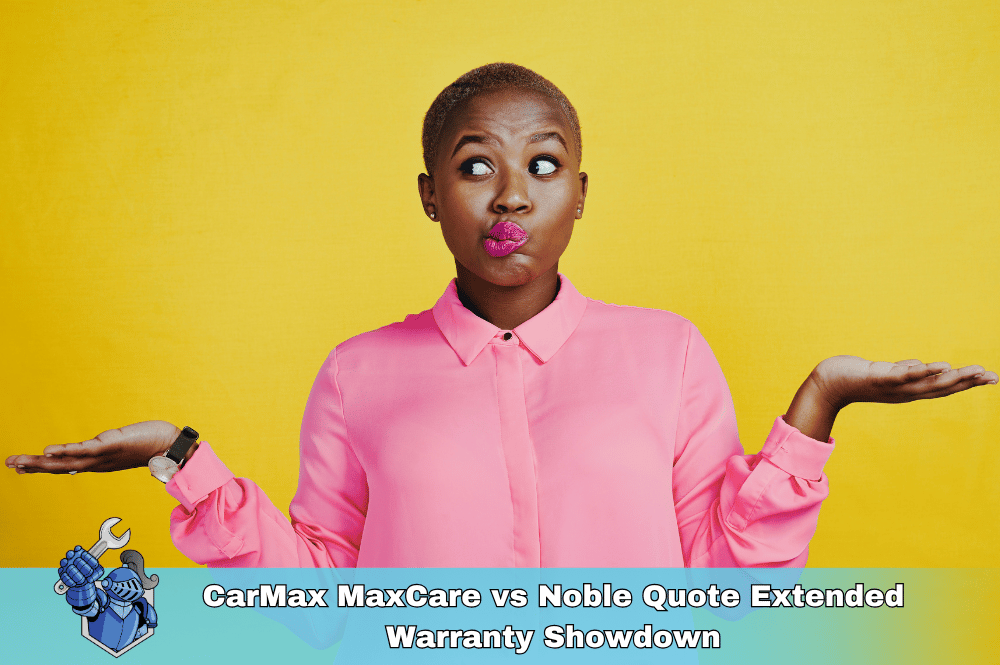 CarMax MaxCare vs. Noble Quote: Extended Warranty Showdown
CarMax MaxCare vs. Noble Quote: Extended Warranty Showdown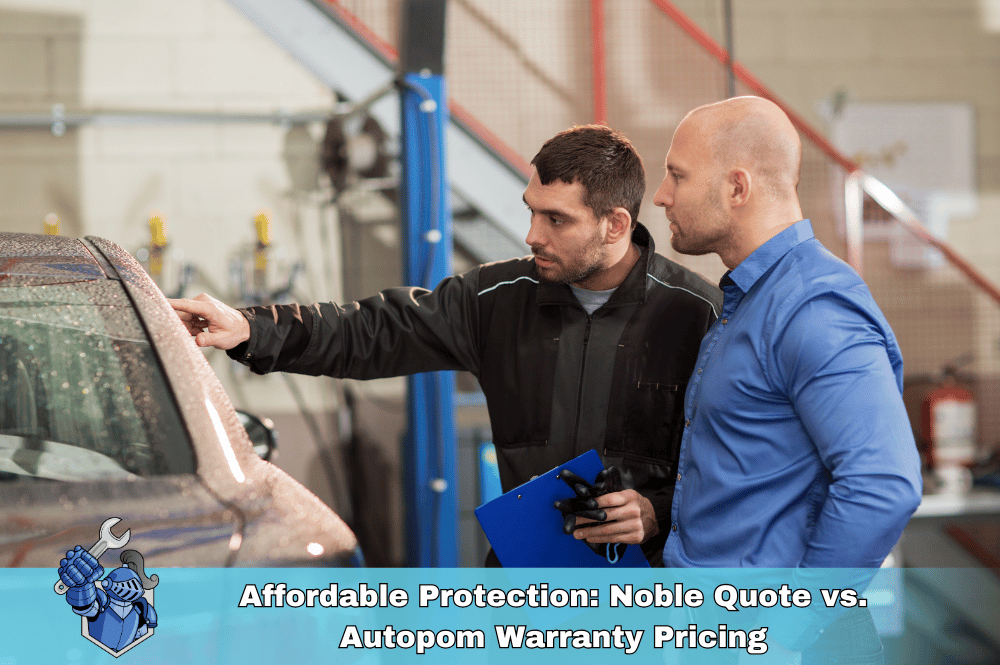 Affordable Protection: Noble Quote vs. Autopom Warranty Pricing
Affordable Protection: Noble Quote vs. Autopom Warranty Pricing Avoid Costly Repairs: Noble Quote vs. Ox Car Care Warranties
Avoid Costly Repairs: Noble Quote vs. Ox Car Care Warranties